Introduction

Released in 2019, the Viltrox 85mm 1.8 AF was one of Viltrox’ first fullframe lenses and has been an easy recommendation to anyone looking for an affordable 85mm 1.8 AF lens with great bokeh since. Six years later, in 2025, Viltrox released this Viltrox AF 85mm 1.4 FE Pro aimed at the higher end market. Will it also be an easy recommendation like the f/1.8 version? Let’s find out in this review!
Update June 17th, 2025: Bokeh comparison to Sirui 85mm 1.4 Aurora and Sony FE 85mm 1.4 GM added
Sample Images




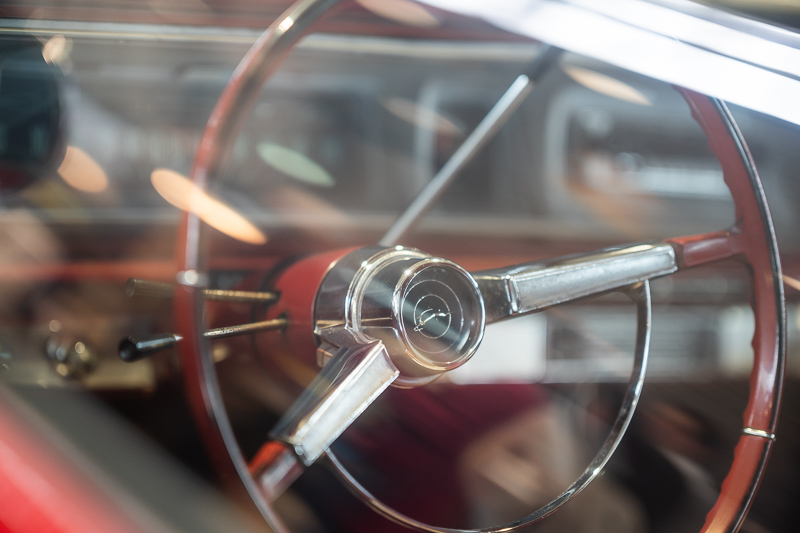

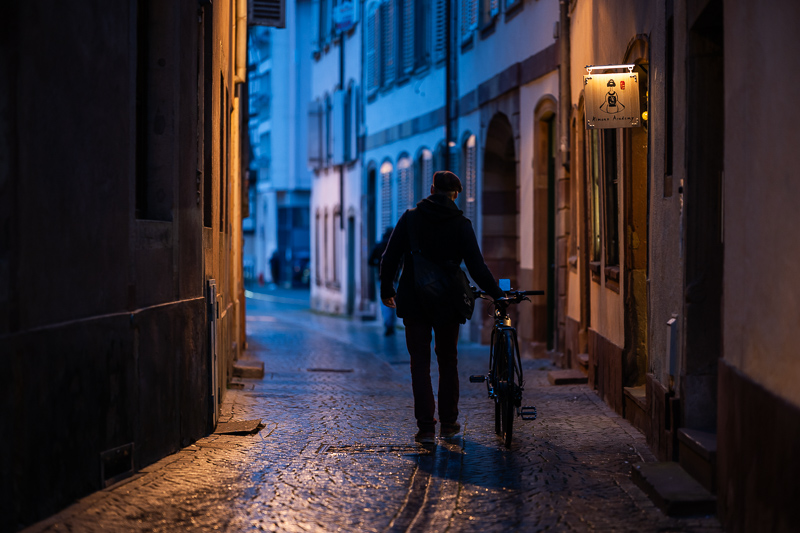
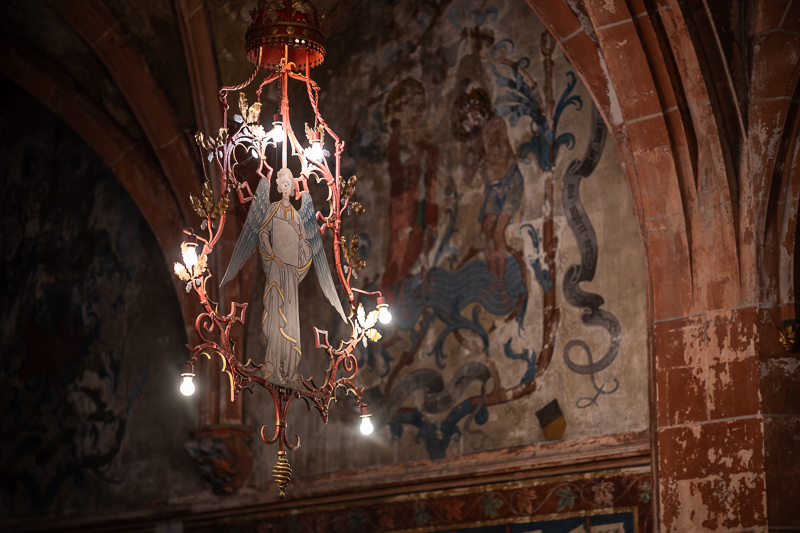
Most of the sample images in this review can be found in full resolution here.
Contents
Specifications
This Viltrox AF 85mm 1.4 FE Pro has the following specifications:
-
- Diameter: 84 mm
- Field of view: 28° (diagonally)
- Length: 106 mm
- Weight: 792g (without hood [56g], without caps)
- Filter Diameter: 77 mm
- Number of Aperture Blades: 11 (rounded)
- Elements/Groups: 15/11


- Close Focusing Distance: 0.80 m
- Maximum Magnification: 1:7.5 (measured)
- Mount: Sony E
buy from manufacturer’s shop (use the code “BK85145OFF” for 5% discount) | amazon.com | amazon.de | B&H | ebay.com | ebay.de (affiliate links) for $598
Disclosure
The Viltrox AF 85mm 1.4 FE Pro was kindly provided free of charge by Viltrox for reviewing purpose prior to release.
Handling/Build quality
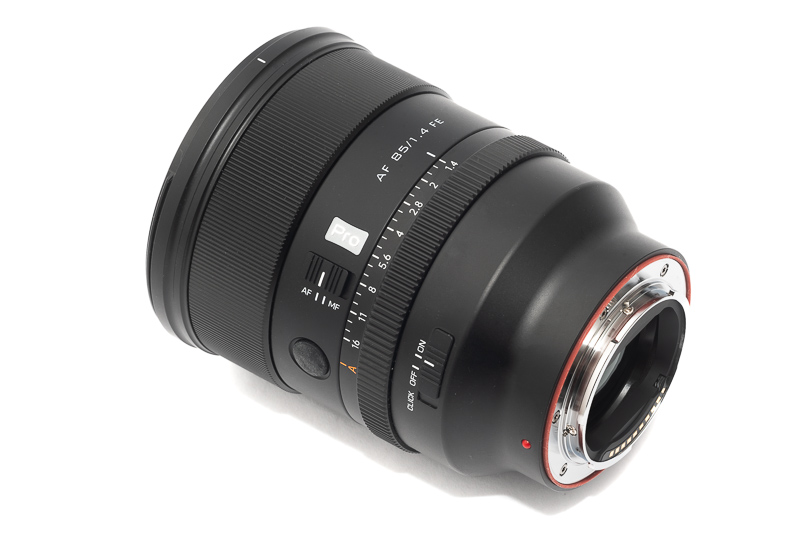
Released in mid 2023 the Viltrox AF 75mm 1.2 E Pro was the first lens of Viltrox’ “Pro” lineup, while this Viltrox AF 85mm 1.4 FE Pro released in 2025 is the first fullframe lens of the series. In terms of handling these lenses are very similar: they feature a dedicated de-clickable aperture ring similar in style and function to Sony’s GM and later G lenses, an AF/MF switch and a lens button.
The aperture ring has 1/3 of a stop click stops – which you can declick by using a lever on the right side of the lens.
You can also set the ring to “A”(utomatic) and let the camera choose the aperture value or to be able to use the camera dial to change the aperture value instead of using the aperture ring.
The focus ring has decent damping and a linear coupling. No matter how fast you turn the focus ring it always takes ~270° from the minimum focus distance (0.8 m) to infinity.
The lens does feature a focus-by-wire system and compared to the Viltrox 75mm 1.2 Pro for APS-C it has been improved as it feels very natural now.
When you turn your camera off the lens will remember the last focus position and will still be there when you turn the camera on again.
As is the case for many modern AF lenses the focus group moves freely when without power, so when shaking the lens you will notice that focus group moving around. This is normal. Don’t annoy your dealer with complaints that “there is something moving in the lens”.
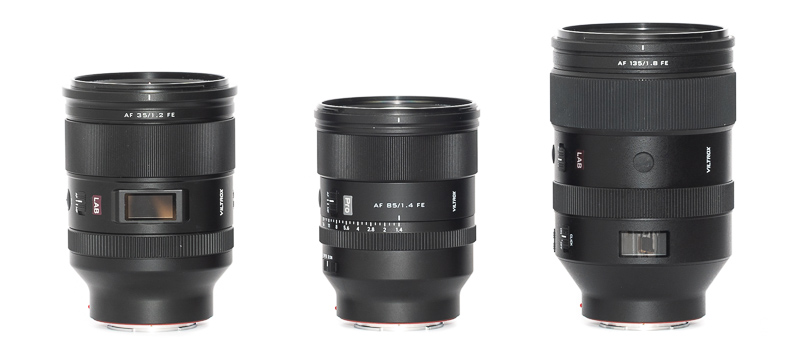
Unlike the lenses of Viltrox’ LAB series the lenses of the Pro series do not feature a display. Personally I don’t find that display particularly useful and I also prefer the aperture ring design of the Pro series as it always shows you what aperture is set right now without having to look at that display. It also allows to preset the desired aperture when the camera is not turned on yet, which can save crucial time in the heat of the moment.

A plasticky bayonet style lens hood is also part of the package. Compared to the lens’ casing it feels a bit cheap though.
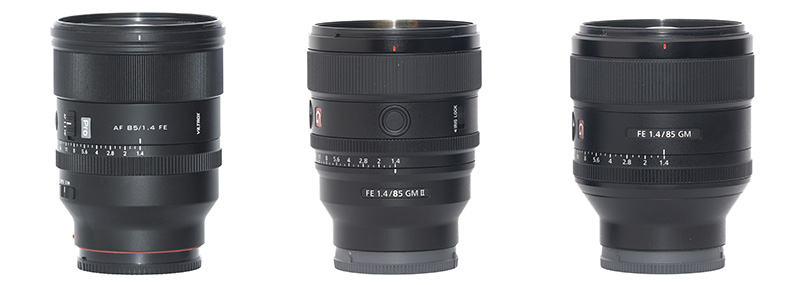
This Viltrox AF 85mm 1.4 AF Pro is about the same size as Sony’s second generation Sony FE 85mm 1.4 MK II, but about 150g heavier, so its weight is closer to the first generation Sony FE 85mm 1.4 GM.
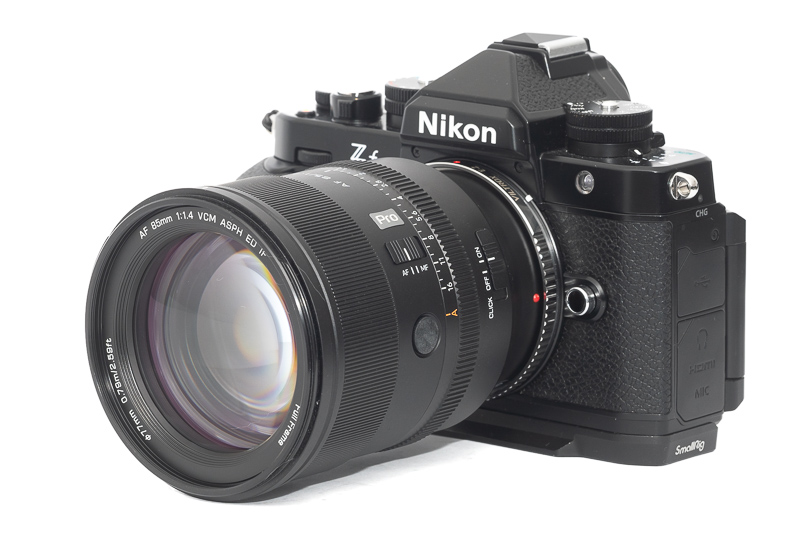
On the Nikon Zf I also tried it with three different E->Z adapters, the Megadap ETZ21, the Neewer ETZ and Viltrox own E to Z. At the time of this review none of them worked properly. Lens or adapter firmwares can of course change that in the future.
AF performance
I am not shooting sports or fast moving animals/humans so if you want to know if the lens is fast enough for this, or how it compares to other lenses in this segment, you may have to look for a different review with a more detailed assessment of this aspect.
Generally the AF worked well, was reasonably fast and snappy. Compared to Sony’s own 85mm 1.4 lenses, I tend to say it is closer to the GM MK II than the original GM.
Vignetting
light falloff

| f/1.4 | 2.2 EV |
| f/2.0 | 1.6 EV |
| f/2.8 | 1.2 EV |
| f/4.0 | 1.0 EV |
| f/5.6 | 0.8 EV |
| f/8.0 | 0.6 EV |
| f/11 | 0.4 EV |
No surprises here, the vignetting figures are very typical for a modern 85mm 1.4 lens designed for mirrorless cameras and almost identical to the Sony FE 85mm 1.4 GM II and its predecessor. Actualy pretty much all the modern 85mm 1.4 perform the same here, only the Sigma 85mm 1.4 Art DG DN shows about half a stop more vignetting in the corners stopped down.
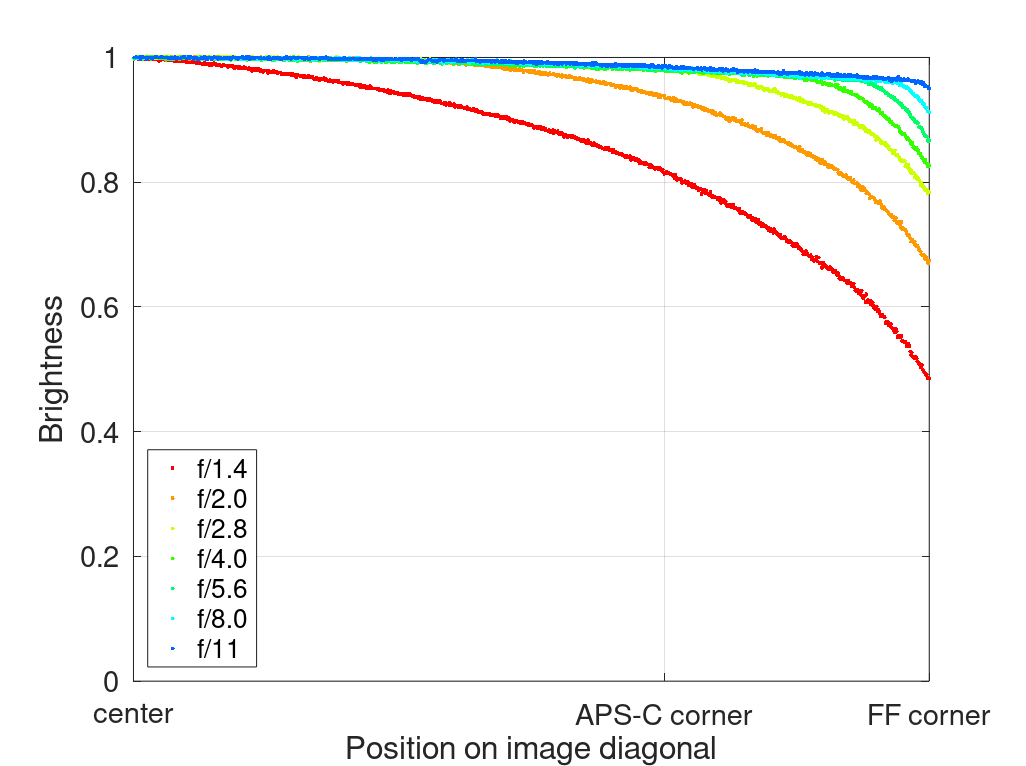
It is recommended to have a look at this article first to get an idea how this brightness graph works.
optical vignetting
Fast lenses usually show a noticeable amount of optical vignetting. Without going too much into technical details optical vignetting leads to the truncation of light circles towards the borders of the frame.
In the center of the frame almost every lens will render a perfect circle, but only lenses with very low optical vignetting will keep this shape in the corners.
So in the following comparison we move from the center (left) to the extreme corner (right) and see how the shape of the light circle changes.
I did not shoot these lenses side by side, therefore the sizes of the circles are not directly comparable.
This Viltrox AF 85mm 1.4 FE Pro shows a similar amount of optical vignetting as the Sony FE 85mm 1.4 GM II and a little more than the original Sony FE 85mm 1.4 GM.
Comparing the optical vignetting at f/2.0 I have the feeling the f/2.0 aperture stop is not very well calibrated here, as the Viltrox’ circles are much bigger at f/2.0 than those of both the Sony lenses.
All these lenses feature at least one aspherical element but their polishig is really good as I don’t see any onion ring structures here.
Sharpness
Focus Shift
Because this is an AF lens and at wider apertures the modern Sony bodies focus at working aperture anyway it would hardly matter if there was any focus shift, but I still checked and I am happy to report I didn’t find any.
infinity (42mp Sony A7rII)


The Viltrox AF 85mm 1.4 FE Pro shows a very good performance in this category. In a direct comparison the Sony FE 85mm 1.4 GM II looks even better in the corners at f/1.4, but I have some doubts if that is actually a field relevant difference.
Stopped down to f/2.8 we start seeing Moiré patterns even in the extreme corners.
portrait distance (2.0 m, 42mp Sony A7rII)
For portraiture it isn’t so important how flat the field is, it is more interesting to see what the sharpness is like when focused at different parts of the frame to take field curvature out of the equation.
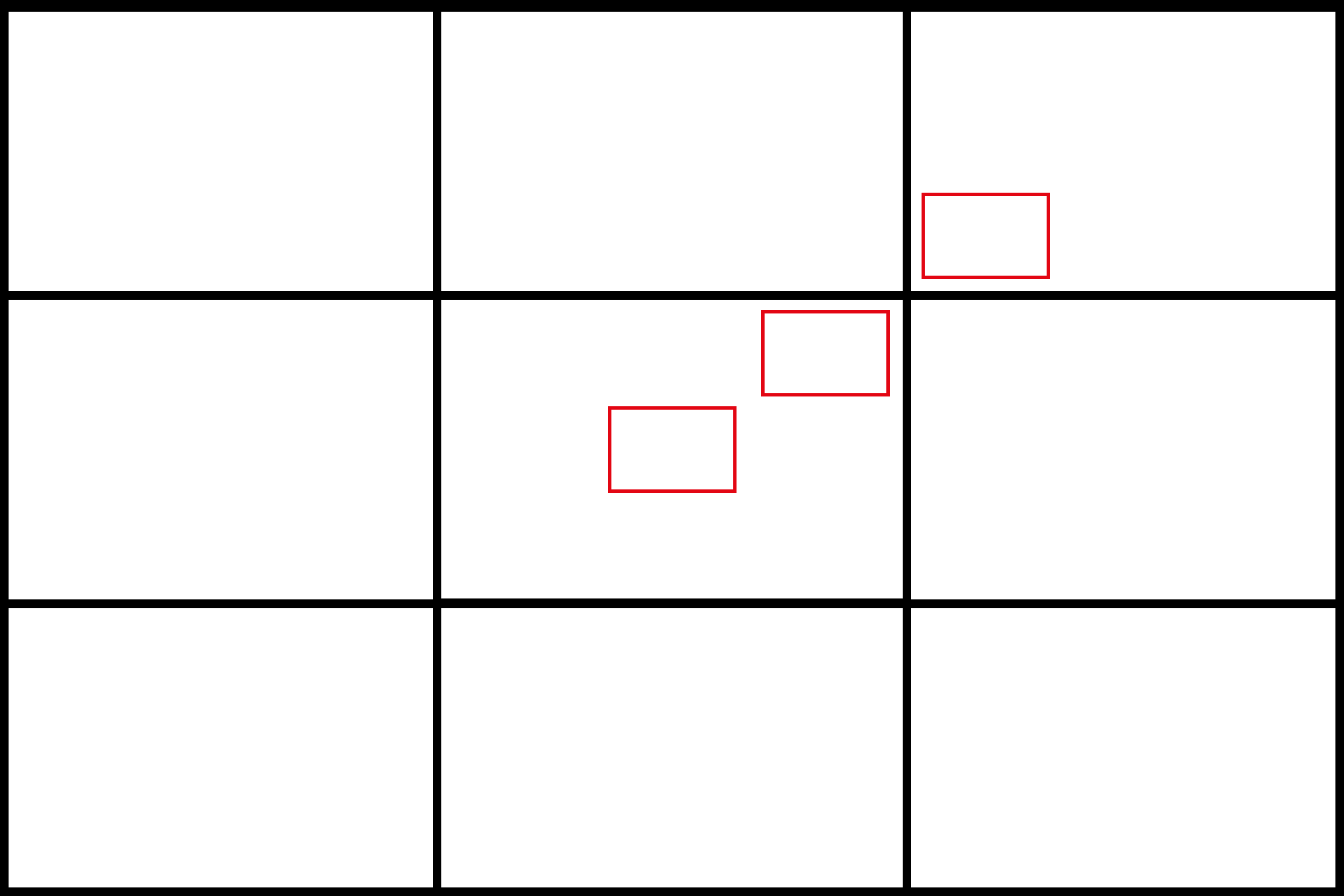
This is what I did here, I refocused for every shot and aperture to get the best possible result at different locations in the frame (center, inner midframe and outer midframe).
Focus distance was roughly 2.0 m and the circle of the dollar bill is more or less the size of a human eye.
f/1.4 <————> f/2.0
Also here this Viltrox’ performance at f/1.4 sits inbetween the Sony FE 85mm 1.4 GM II and the older Sony FE 85mm 1.4 GM. The latest Sony shows Moirè everywhere in the frame from f/1.4, this Viltrox has a slightly softer rendering.
For portrait applications I actually prefer the Viltrox’ (or Sony FE 85mm 1.4 GM’s) slightly softer rendering, but depending on your personal preferences and applications you may come to a different conclusion here.
close (0.8 m, 1:7.5, 42mp Sony A7rII)
At the minimum focus distance this Viltrox AF 85mm 1.4 FE Pro is a bit softer at f/1.4. This performance is more in line with the first Sony FE 85mm 1.4 GM, the Sony FE 85mm 1.4 GM II shows at least a one stop improvement.
Flare resistance
As always evaluating flare is a complex matter since you can get any lens to look bad if you push it hard enough and a slight change of scenario can affect results a lot.
Fast tele lenses have rarely performed well in this category. I guess with the big glass elements this is just something that cannot easily be achieved.
At f/1.4 we can only see some minor veiling flare here.
Stopped down to f/11 I only managed to create a small ghost and some veiling flare with the sun in a very specific just outside of the frame, which is the case for most lenses and which can easily avoided by minimal reframing.
Already the Viltrox AF 35mm 1.2 FE LAB surprised me in this category and so does this Viltrox AF 85mm 1.4 FE Pro. This is one of the best performances I have seen from a fast tele lens in this category – noticeably better than the Sony FE 85mm 1.4 GM II – and I wasn’t even using the hood here.
Coma
We can see some Coma artefacts at f/1.4 and still a very small amount at f/2.0. For typical portrait applications this hardly matters, but if you are looking for a fast 85mm lens to be used for astro photography at wider apertures the Sony FE 85mm 1.4 GM II and the Sigma 85mm 1.4 Art DG DN are better options.
Distortion
The Viltrox AF 85mm 1.4 FE Pro only shows a very low amount of pincushion distortion. There was no Lightroom profile available when I reviewed this lens, so I dialed in -2 to correct the distortion. The Sony FE 85mm 1.4 GM II shows an extremely similarly distortion pattern.
Bokeh

I can’t say I have come across an 85mm 1.4 lens with actually bad bokeh rendering, but as usual let’s check how this lens performs at different distances.
Close distance


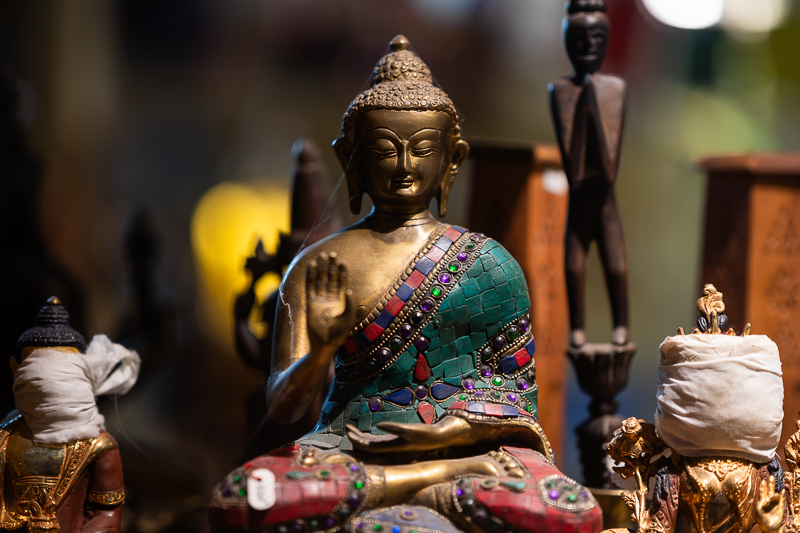

At close distances this Viltrox AF 85mm 1.4 FE Pro renders really nice bokeh, as we would expect from a lens with these parameters.
Mid distance



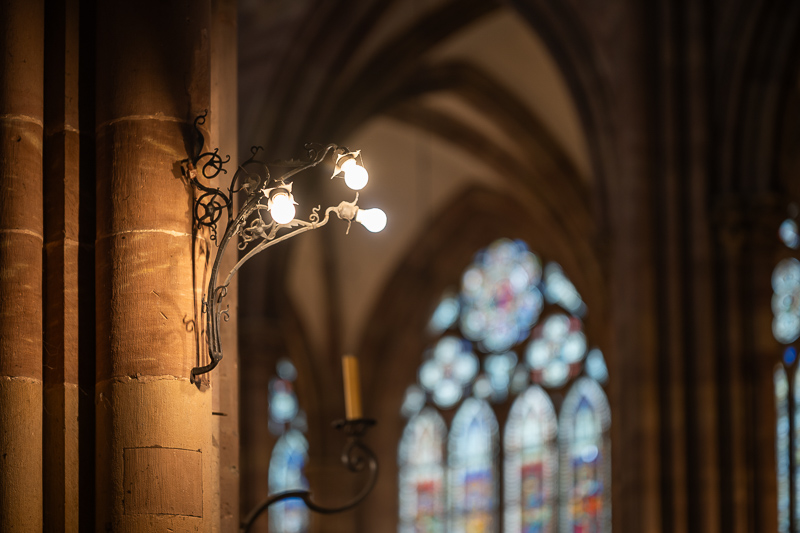
At mid distances I liked this lens’ bokeh rendering the most. It also looks quite similar to the Sony FE 85mm 1.4 GM II to me, creating a clean, smooth and unobtrusive background bokeh, even in complex situations.
Long distance




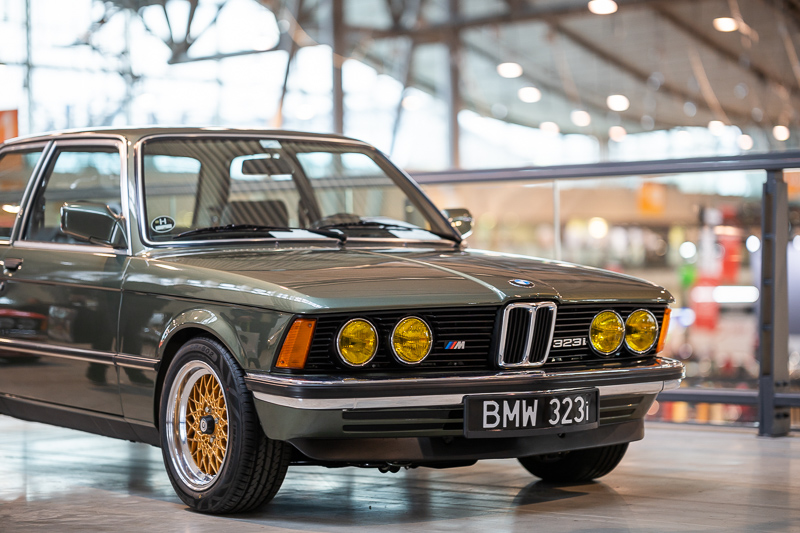
Also at long distances this Viltrox reminds me a lot of the Sony FE 85mm 1.4 GM II. It lacks the softness and the lower amount of cat’s eyes of the first generation Sony FE 85mm 1.4 GM, but it also has a bit higher contrast.
But let’s be honest here, the differences between all these modern 85mm 1.4 are pretty small. If you don’t manage to take nice portraits with any of them, it certainly ain’t the lens’ fault.
Compared to: Sirui AF 85mm 1.4 FE and Sony FE 85mm 1.4 GM MK I
The Sirui is the widest of these three lenses and the Viltrox the longest, so the Sirui’s and Sony’s pictures have been cropped slightly.
Scene 1: Forest Close
Scene 2: Forest Mid
Scene 3: Forest Mid
Scene 4: Forest Far
Scene 5: Forest Far
Scene 6: Forest Far
Observations
What can we learn from these comparisons?
As we have already seen in previous comparisons, the first generation Sony FE 85mm 1.4 GM has some issues with veiling flare reducing the contrast. This is most obvious in Scene 4, where the light seems to have come from a rather unfortunate angle. When looking at the bokeh crops it does render the smoothest though, obliterating more structures than the others.
The Viltrox AF 85mm 1.4 FE Pro has the highest contrast and resolution out of these lenses. When it comes to bokeh it is my least favorite here though, looking less smooth than the others.
The Sirus 85mm 1.4 Aurora, at close distances shows even less optical vignetting than the Sony FE 85mm 1.4 GM and is almost as sharp and contrasty as the Viltrox AF 85mm 1.4 FE Pro. Quite impressive for being the smallest lens in this comparison. It is also the widest of these three and has been cropped a bit, putting it at a disadvantage here.
Don’t try to read too much into these tiny differences. To most people these lenses will look just the same and I wouldn’t mind shooting a wedding with either of these.
Sunstars
As most of the recent GM primes also this Viltrox AF 85mm 1.4 FE Pro features 11 rounded aperture blades. With that configuration you will only rarely see distinct sunstars, between f/11 and f/16 they do look rather nice (meaning equidistant spacing between and same length of the rays) and unobstrusive though – again very similar to the Sony FE 85mm 1.4 GM II. If you want to learn more about this topic have a look at this article.
Chromatic aberration
lateral
Lateral CA are already corrected by the built in lens correction profile in most raw converters, so in the end: you won’t see any.
longitudinal
Just like the Sony FE 85mm 1.4 GM II, this Viltrox AF 85mm 1.4 FE Pro hardly shows any bokeh fringing.
Sony A7rII | Viltrox AF 85mm 1.4 FE Pro | 100% crops
When it comes to purple fringing we can actually see a low amount. Here the Sony FE 85mm 1.4 GM II showed an even more impressive performance.
Conclusion
good
|
average
|
not good
|
Looking at these affordable 85mm 1.4 lenses, I cannot help but notice what a great time it is to be a photographer, as just a decade ago you had to pay three times as much for actually worse performance.
This Viltrox AF 85mm 1.4 FE Pro shows a performance which in many categories is on par with the Sony FE 85mm 1.4 GM II. The Sony shows even higher resolution at f/1.4 and it corrects Coma a bit better, but I really wonder who will notice those differences in typical portrait applications. I have severe doubts that I would be able to – even in a direct side-by-side comparison. And in the important flare resistance category this Viltrox even outperforms pretty much all of the fast tele lenses I have used so far.
The actual differences between these modern 85mm 1.4 lenses are really small – they are all more than capable lenses – which I think makes it really hard to justify spending a lot of money for the first party options, we will still be having a look at those in the alternatives section.
buy from manufacturer’s shop (use the code “BK85145OFF” for 5% discount) | amazon.com | amazon.de | B&H | ebay.com | ebay.de (affiliate links) for $598
Alternatives
As usual I will only talk about the most obvious alternatives. You can find many more in our Guide to 85-135mm Portrait lenses.
Sony FE 85mm 1.4 GM II:
Sony’s latest 85mm 1.4 lens. I already compared these lenses in most of the paragraphs today. The Sony has even higher resolution at f/1.4 and a very fast AF. If the latter is important to you this might still be the lens you want.
buy from amazon.com | amazon.de | ebay.com | ebay.de | B&H (affiliate links) for $1.798
Sony FE 85mm 1.4 GM:
Sony’s earlier 85mm 1.4 GM lens. For me it is still the 85mm 1.4 AF lens with the most pleasing bokeh, but it gets harder every day to justify spending even the used price, when you have options like this Viltrox or the Samyang MK II.
buy from amazon.com | amazon.de | ebay.com | ebay.de | B&H (affiliate links) for $1298 (new) or starting at $750 (used)
Sigma 85mm 1.4 Art DG DN:
When it had been released this was the most compact and lightweight 85mm 1.4 E-mount lens. Sony’s FE 85mm 1.4 GM II caught up though, so its main advantage now is its cheaper price.
buy from amazon.de | ebay.com | B&H (affiliate links) for $1099 new
Sirui 85mm 1.4 Aurora:
One of the smallest and lightest 85mm 1.4 lenses for E-mount. If you spend 100 bucks more for this Viltrox you get a lens which is sharper at portrait distances, offers noticeably better flare resistance and more consistent AF. The Sirui creates smoother bokeh though, so just have a look at the comparison at the end of the bokeh section to see which one you prefer.
buy from amazon.com | amazon.de | B&H | ebay.com | ebay.de (affiliate links) for $499
Samyang AF 85mm 1.4 FE MK II:
I haven’t used this lens personally yet, but I am looking to change that in the future. It looks like a very sensible lower budget option to me.
buy from amazon.com | amazon.de | ebay.com | ebay.de | B&H (affiliate links) for $799
You can find more alternatives in our Guide to Portrait lenses for the Sony A7, A9 and A1 Series.
Sample Images

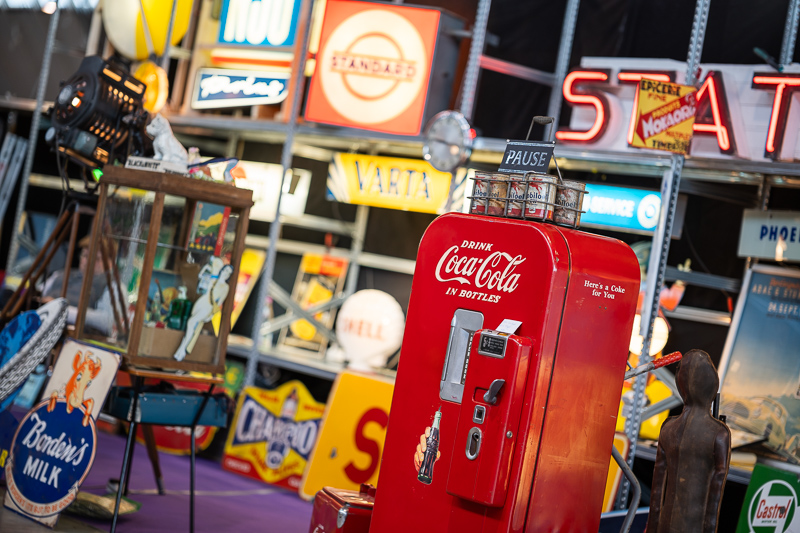


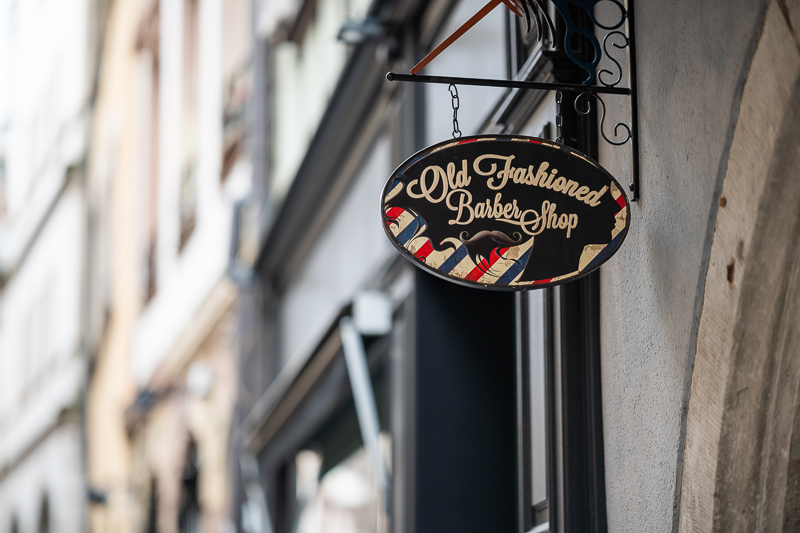
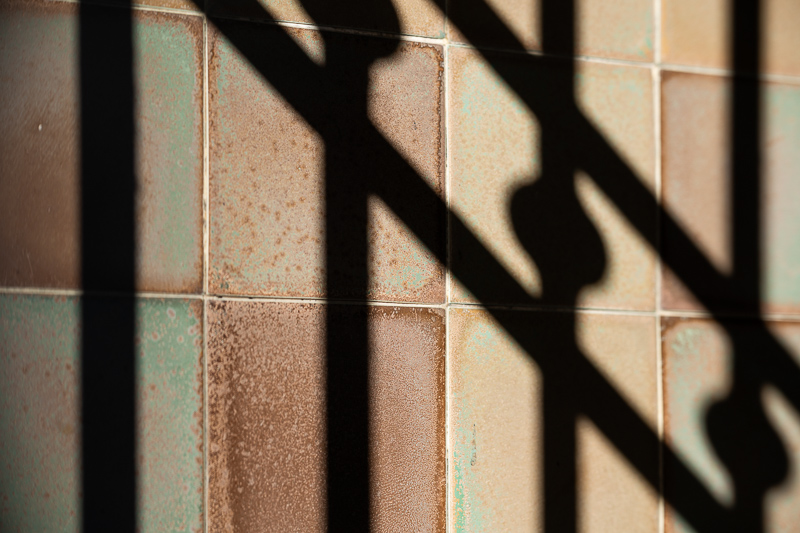
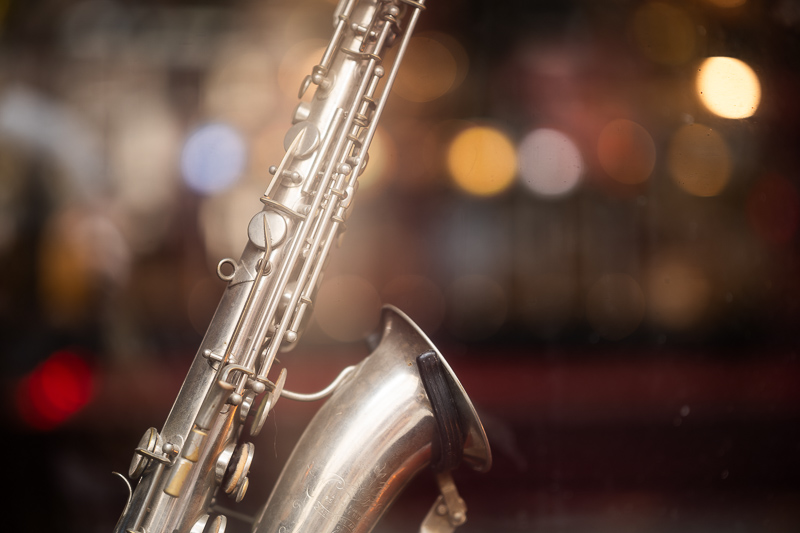


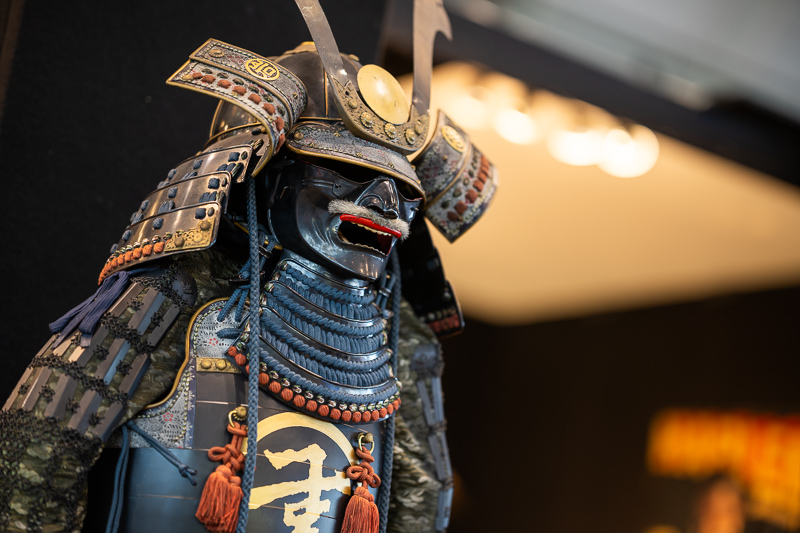


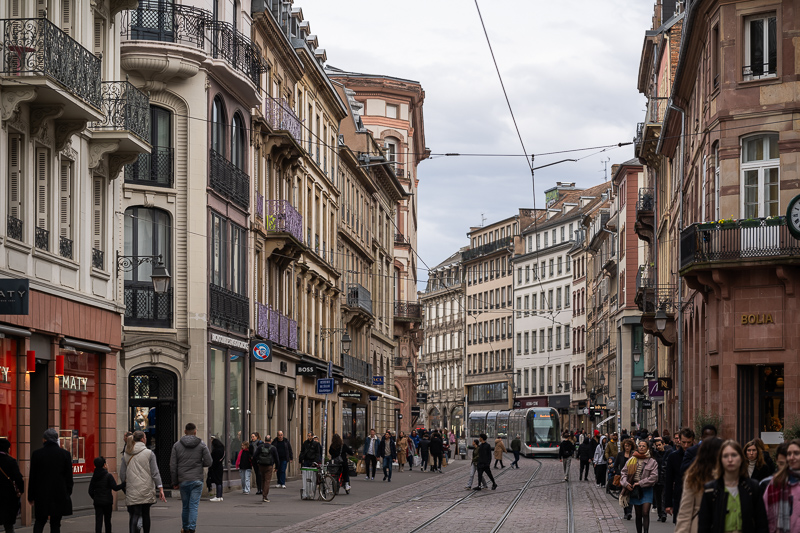
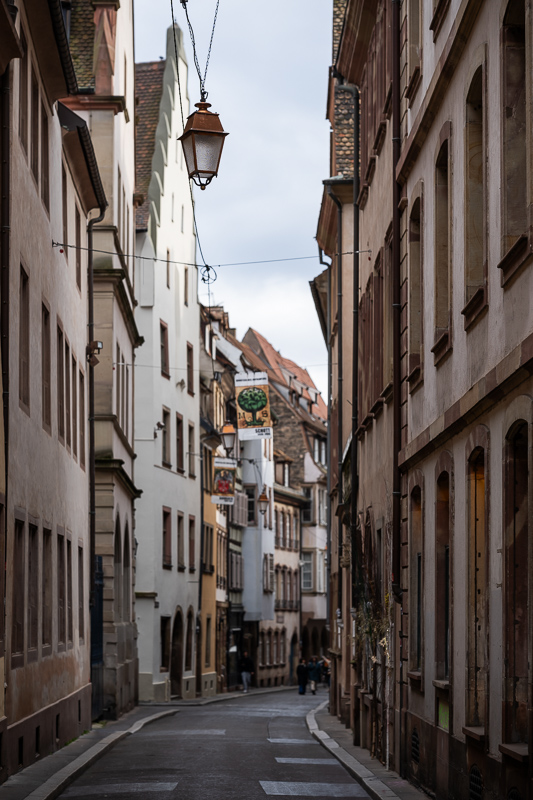

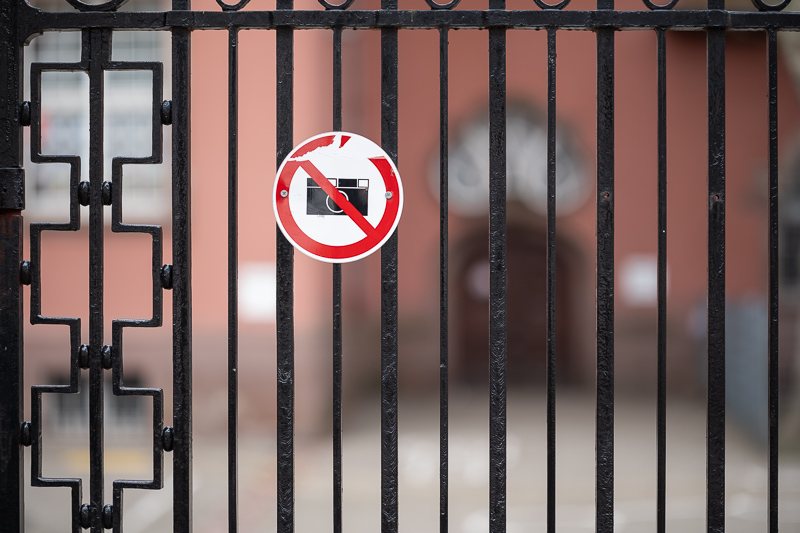
Most of the sample images in this review can be found in full resolution here.
Further Reading
- Guide to 85-135mm portrait lenses for Sony FE cameras
- The best lenses for Brenizer/Bokehpanoramas
- Review: Viltrox AF 16mm 1.8 FE
- Review: Sony FE 20mm 1.8 G
- Review: Laowa 35mm 0.95 – The World’s fastest 35mm lens
- Review: Sigma 105mm 1.4 Art
Support Us
Did you find this article useful or just liked reading it? Treat us to a coffee!
![]()
![]()
![]() via Paypal
via Paypal
This site contains affiliate links. If you make a purchase using any of the links marked as affiliate links, I may receive a small commission at no additional cost to you. This helps support the creation of future content.
Latest posts by BastianK (see all)
- Review: Canon EF 50mm 1.0 L USM – Still the world’s fastest AF lens - December 30, 2025
- Review: Nikon Nikkor 105mm 1.8 Ai-s - December 28, 2025
- 2025 – Year in Review - December 23, 2025






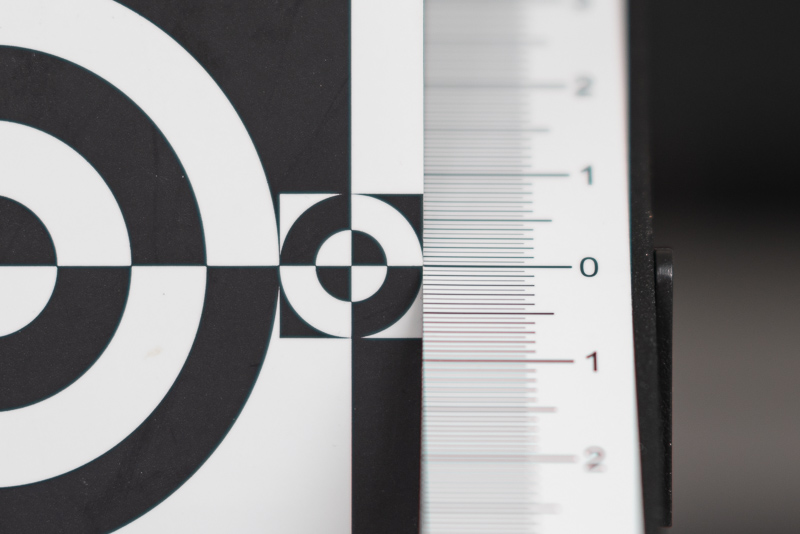
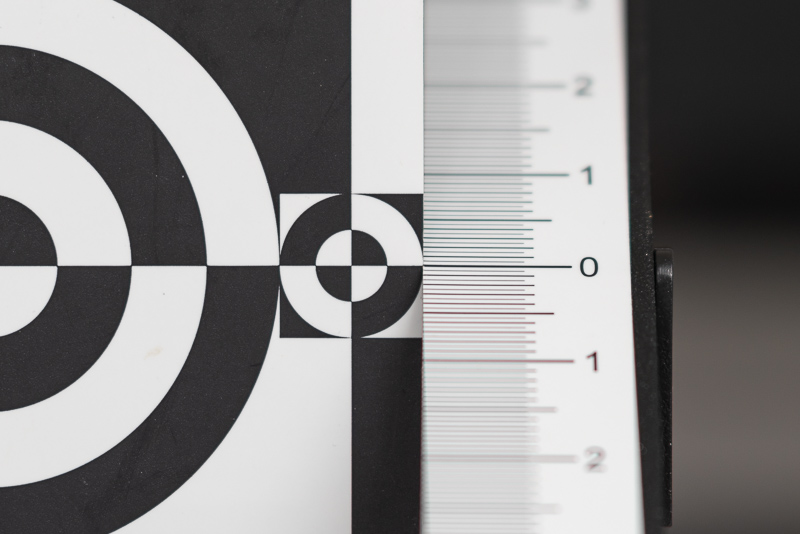








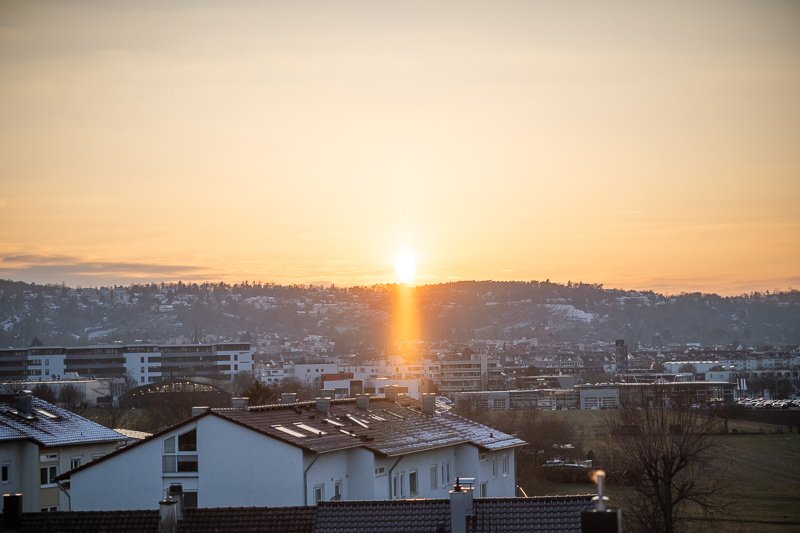
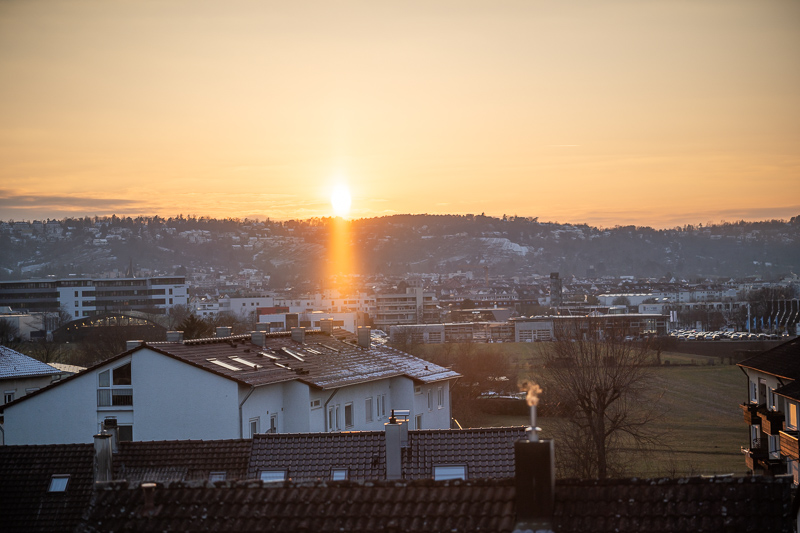
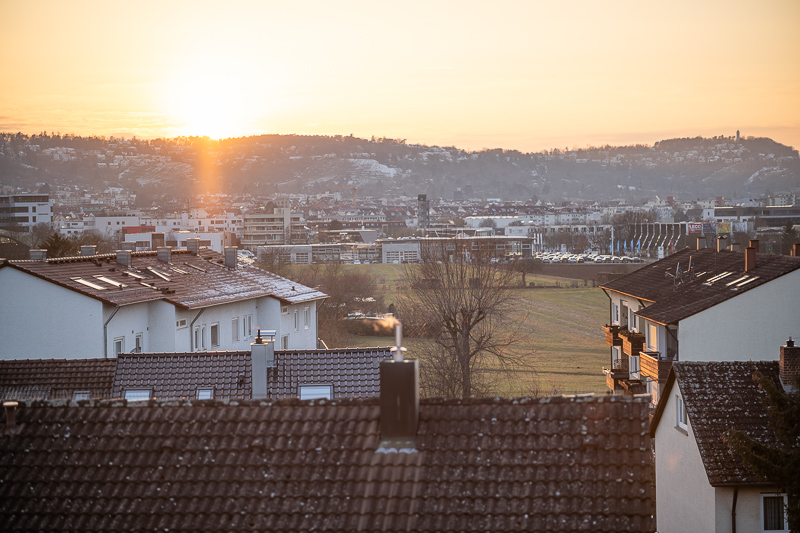
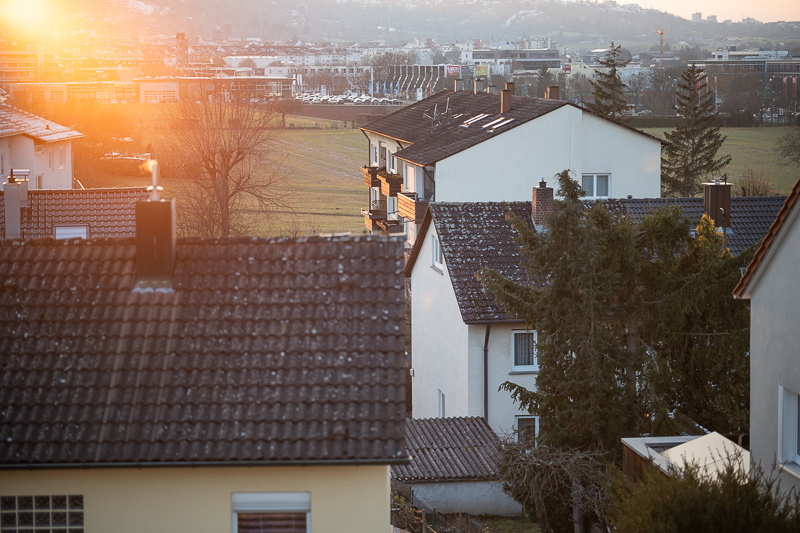
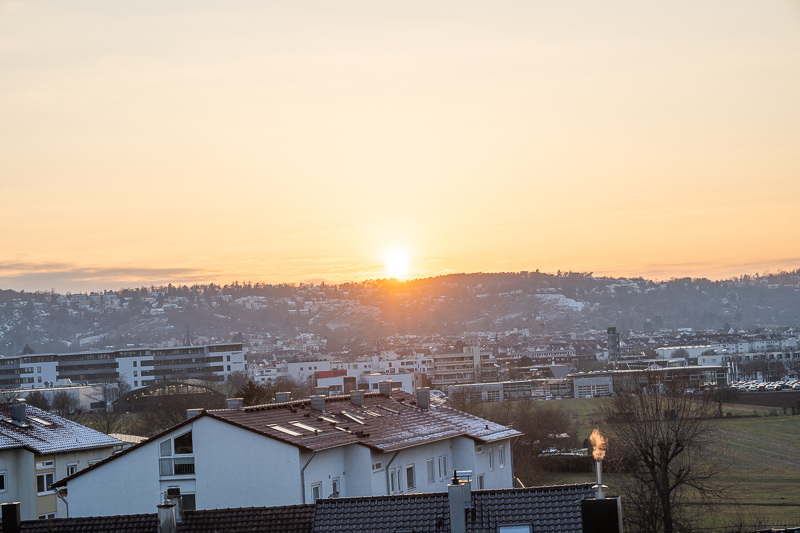
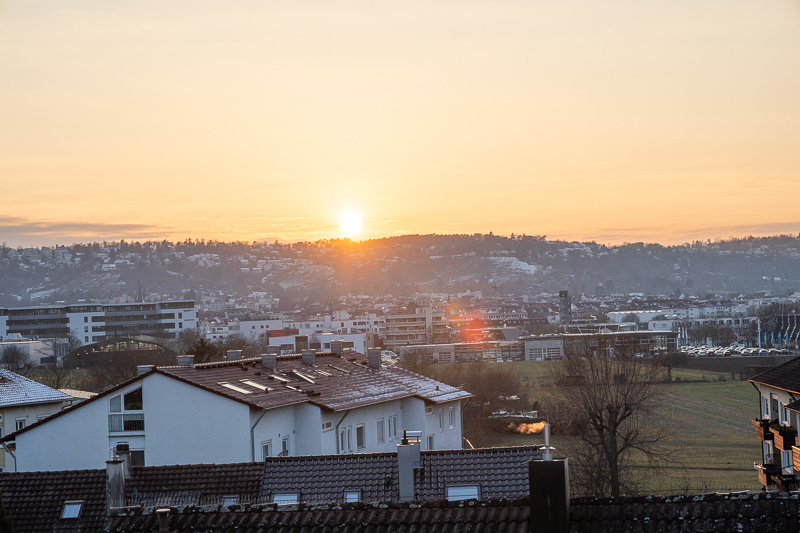
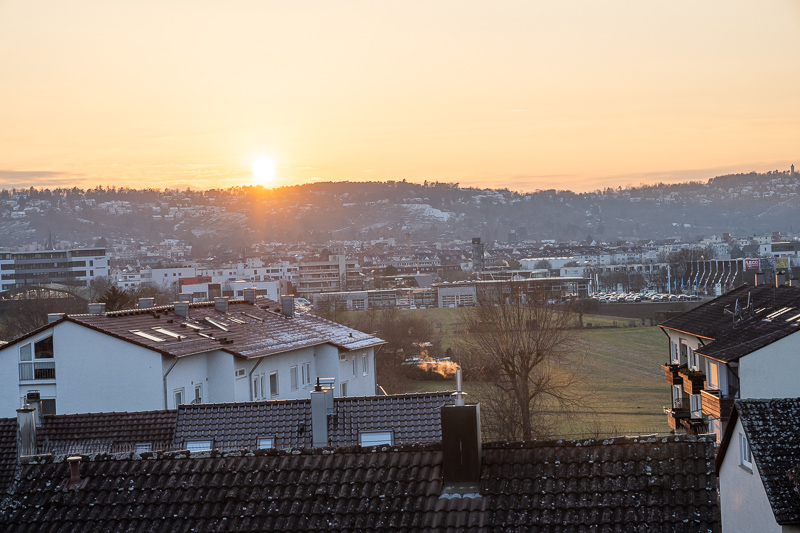
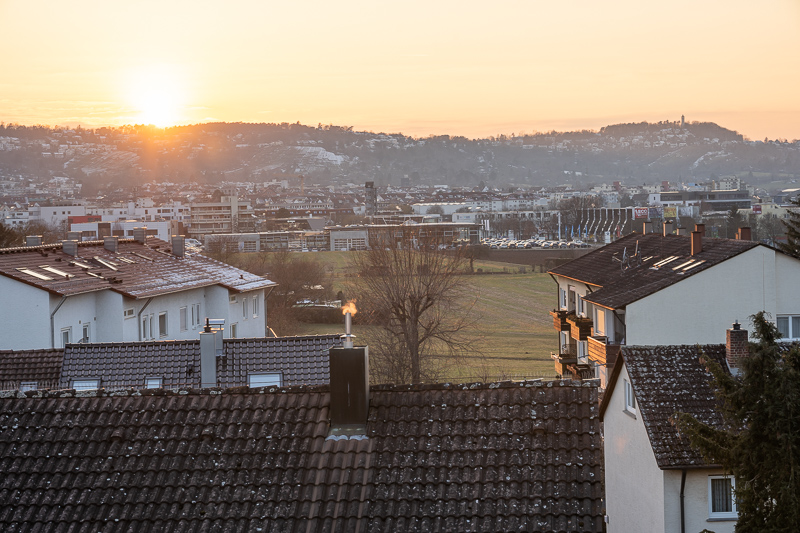
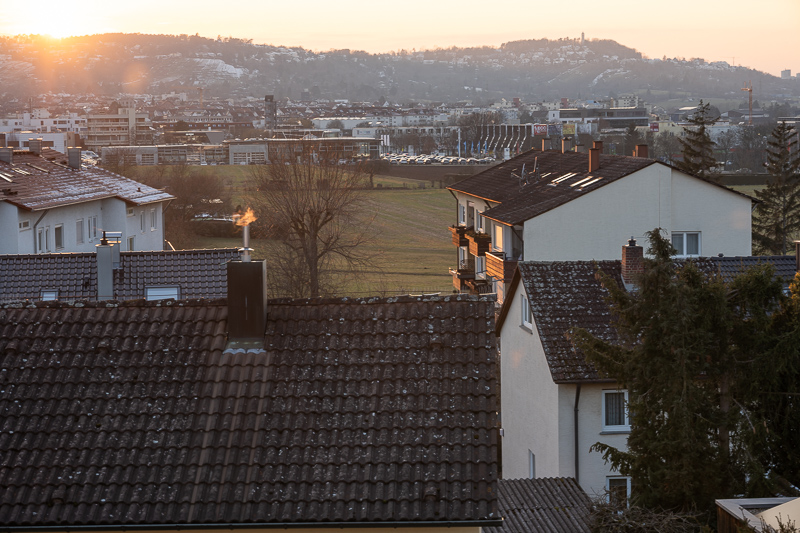

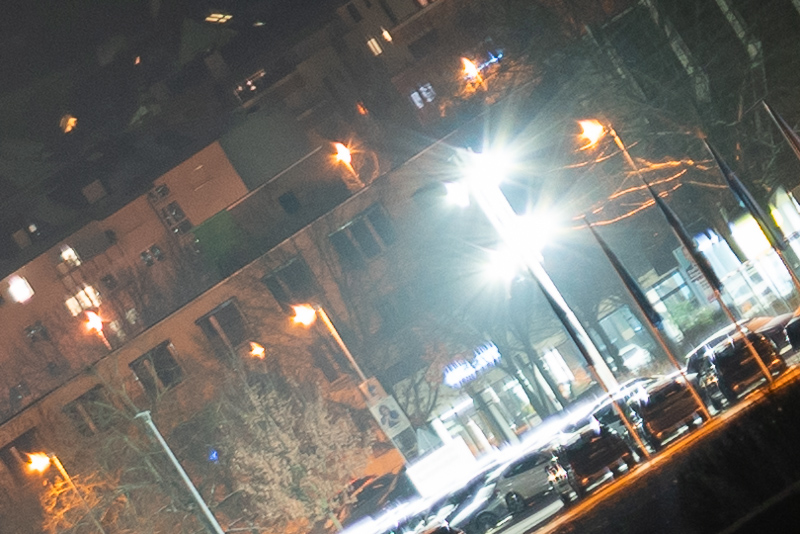




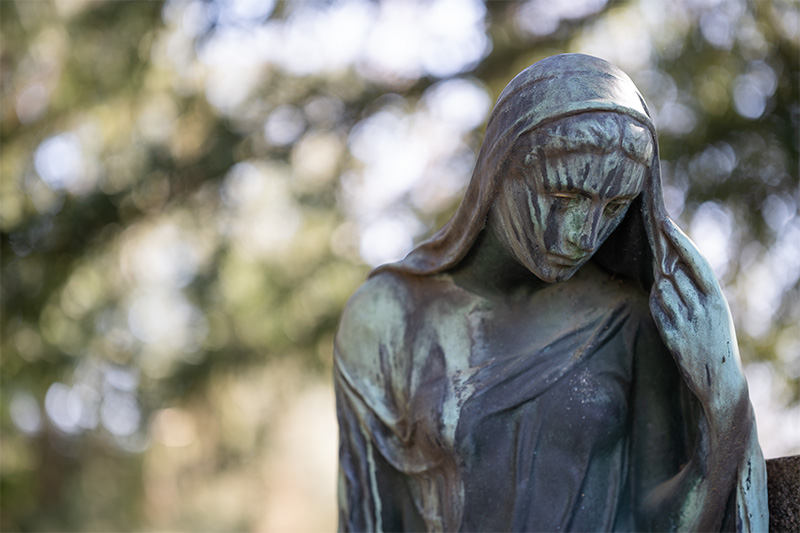
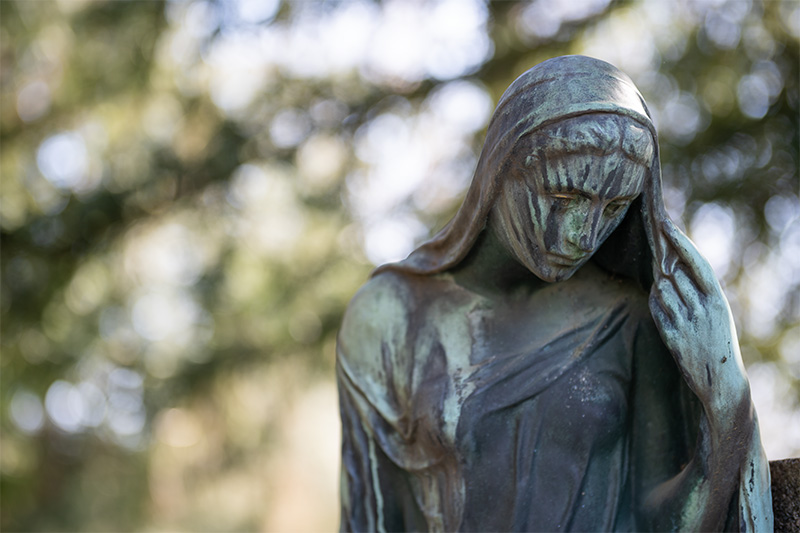

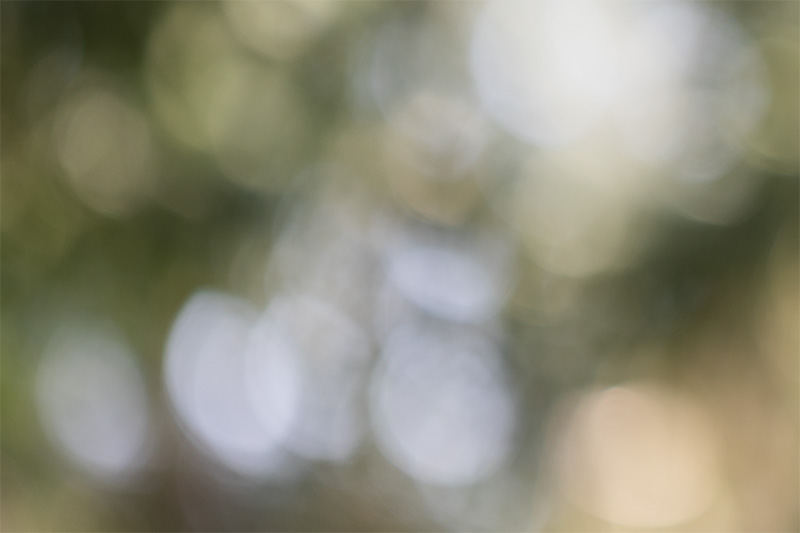
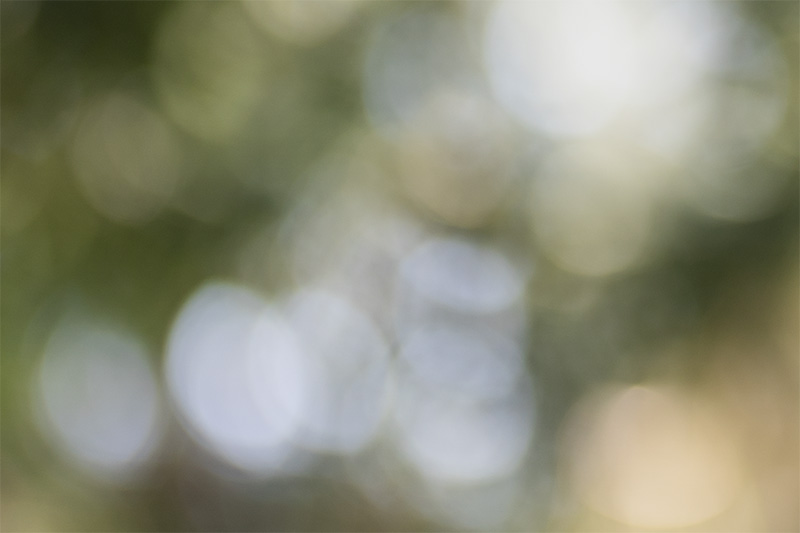
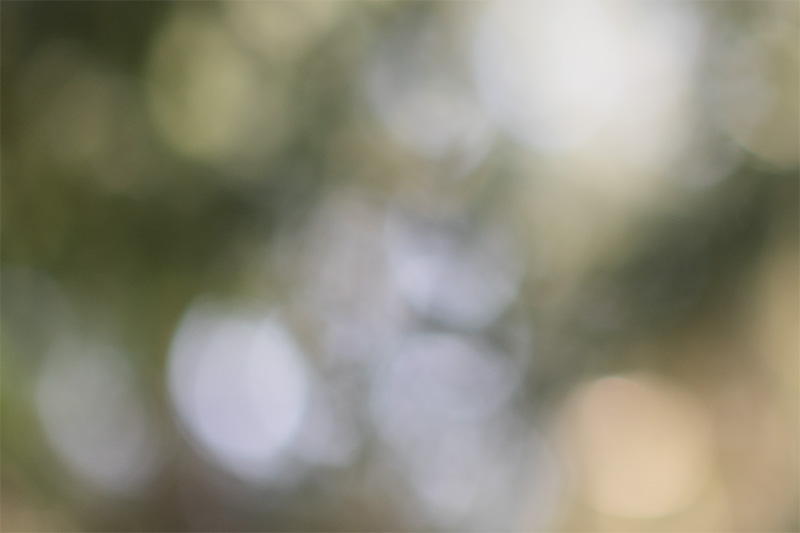
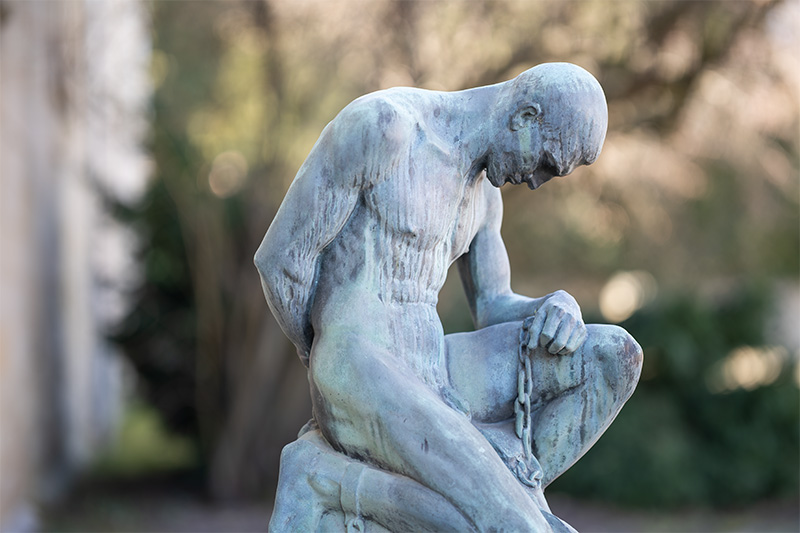
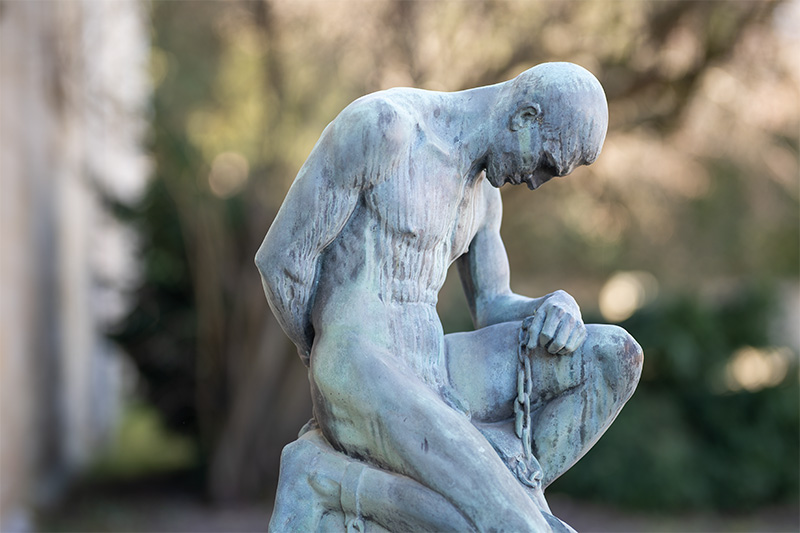

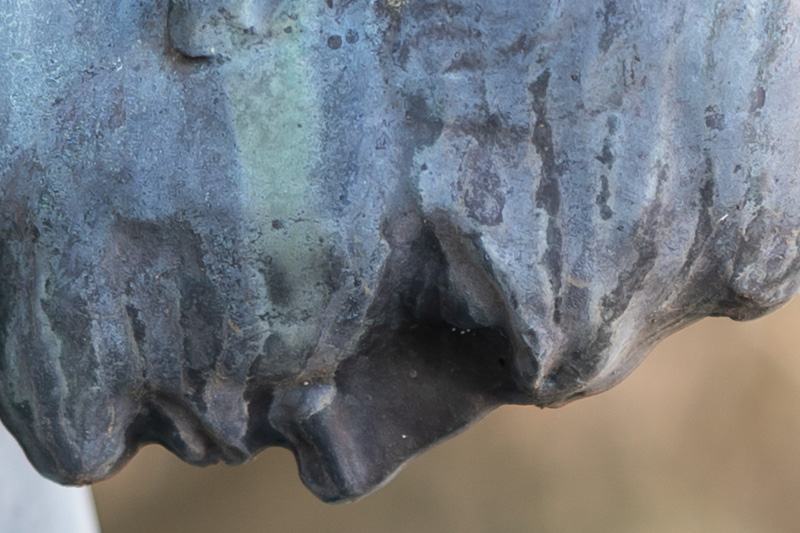
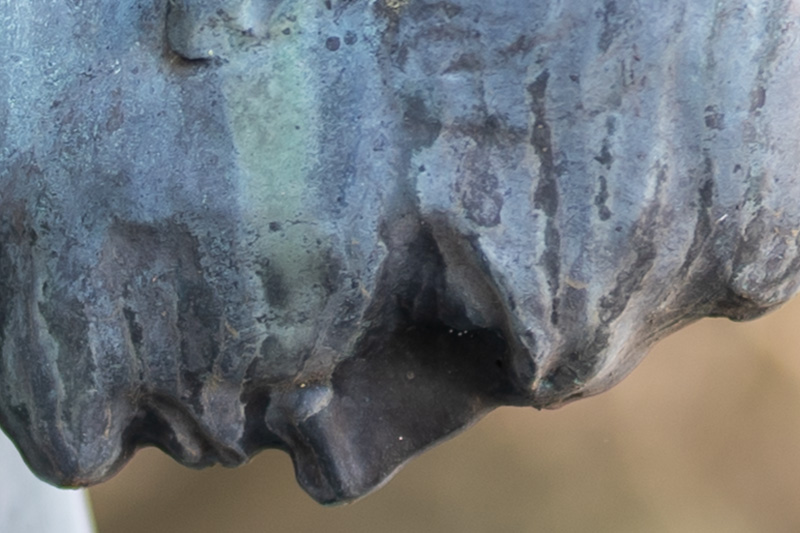
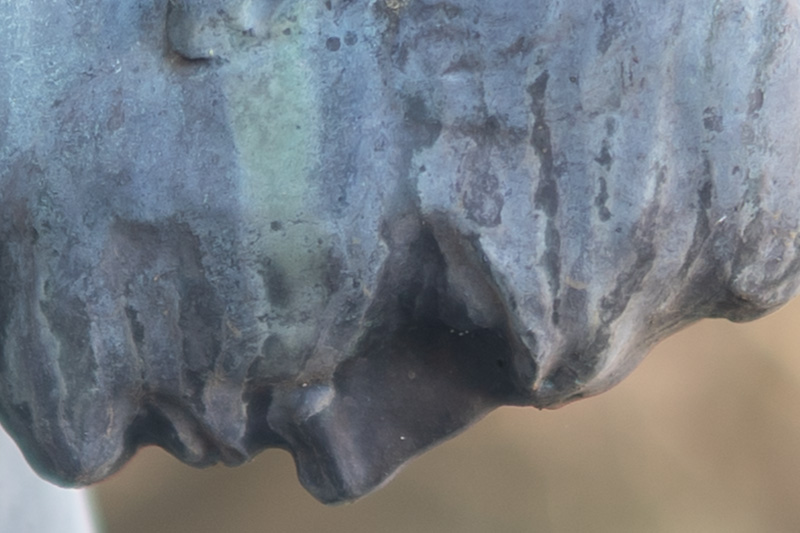
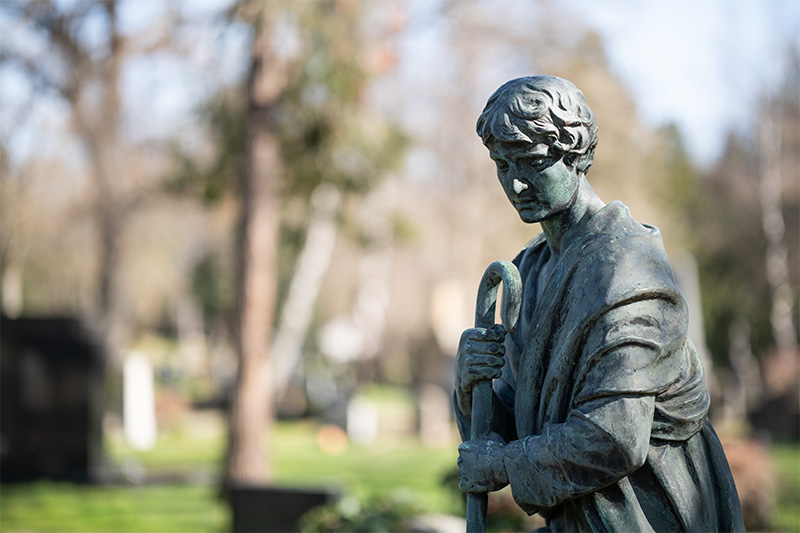
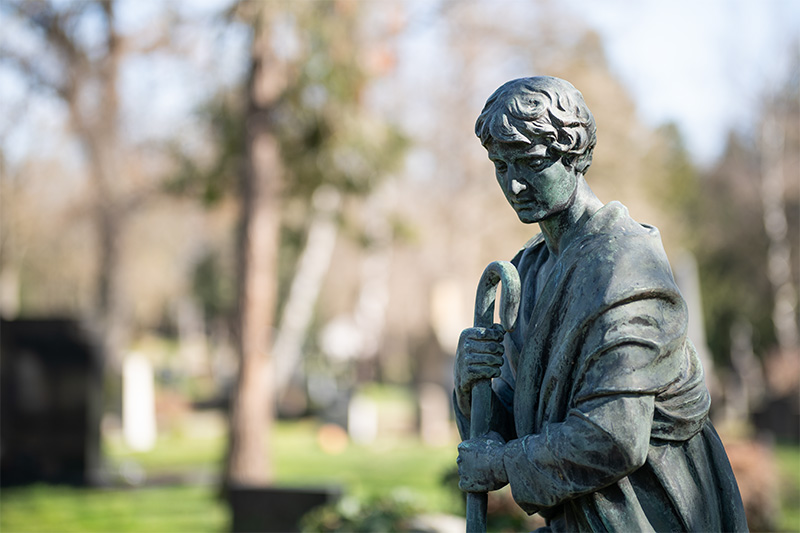
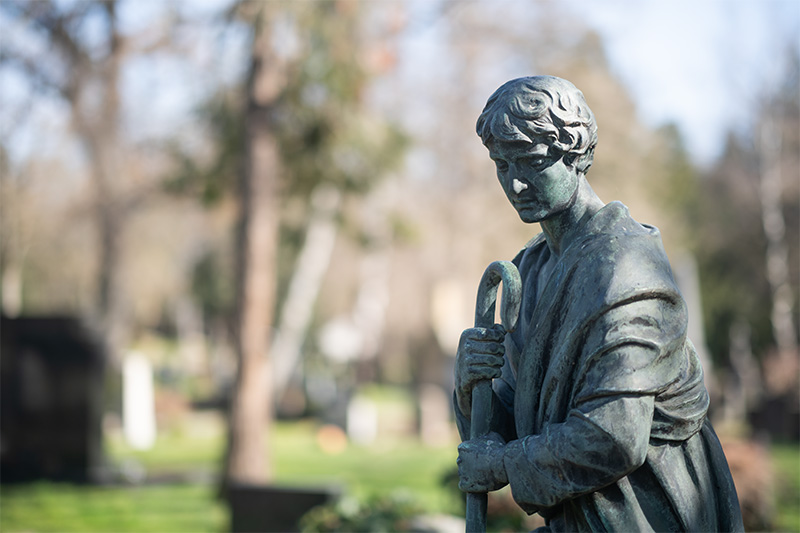
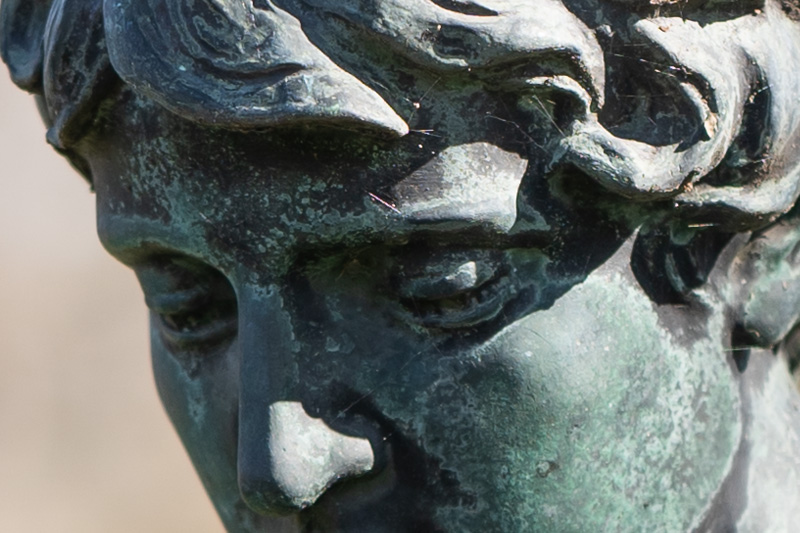
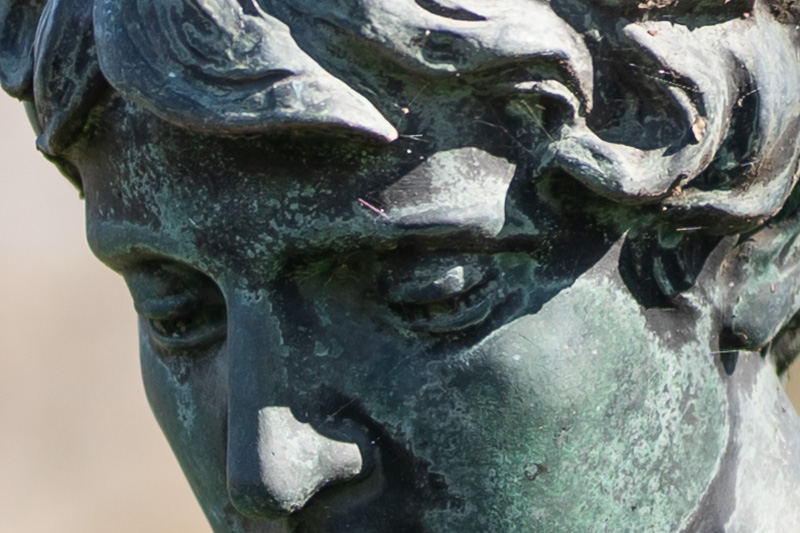

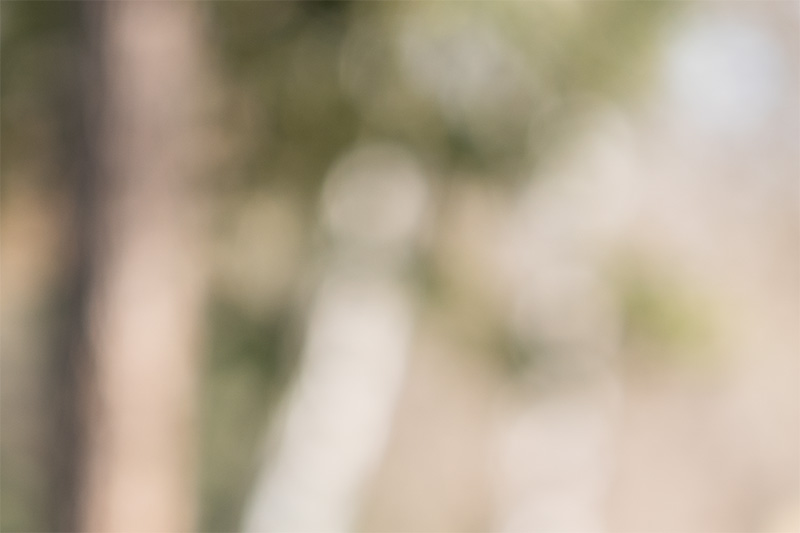


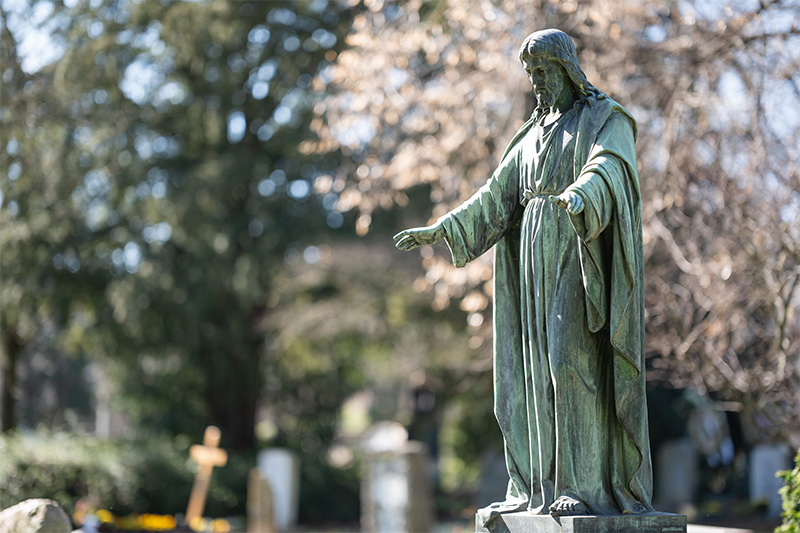
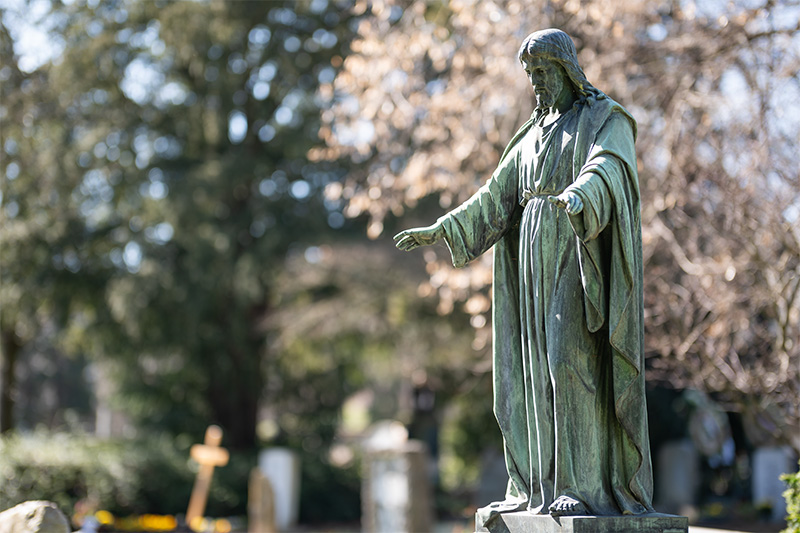
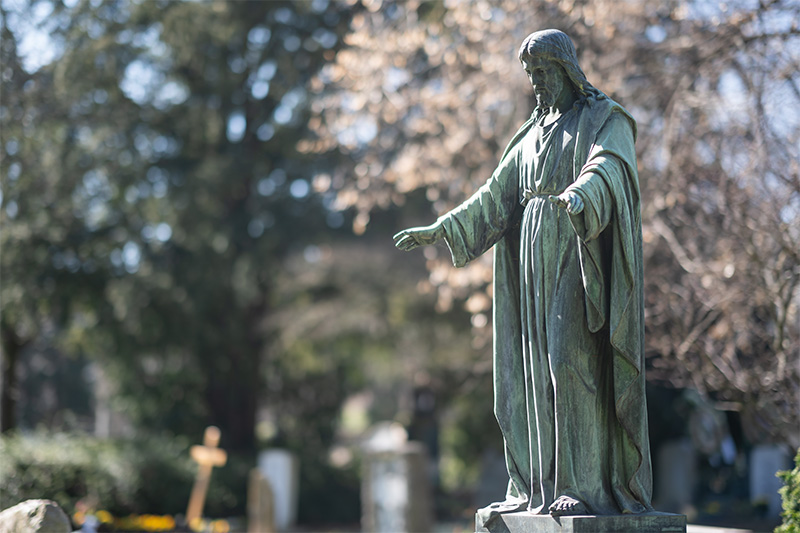
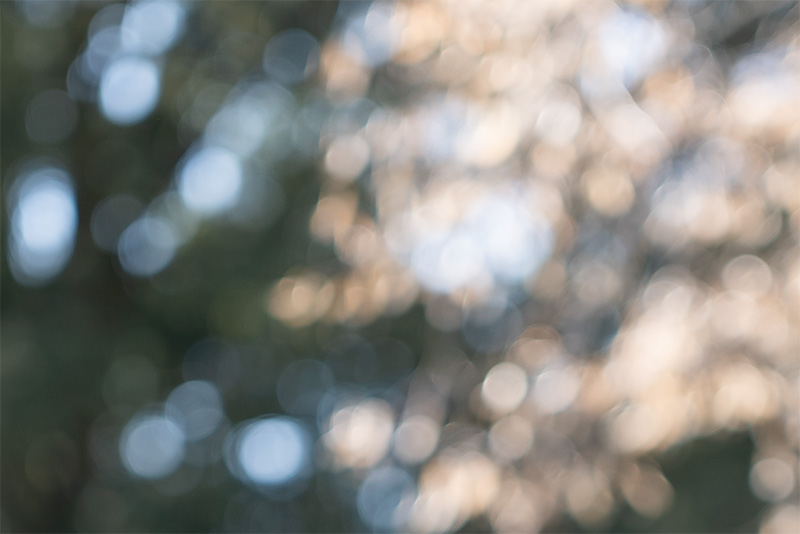
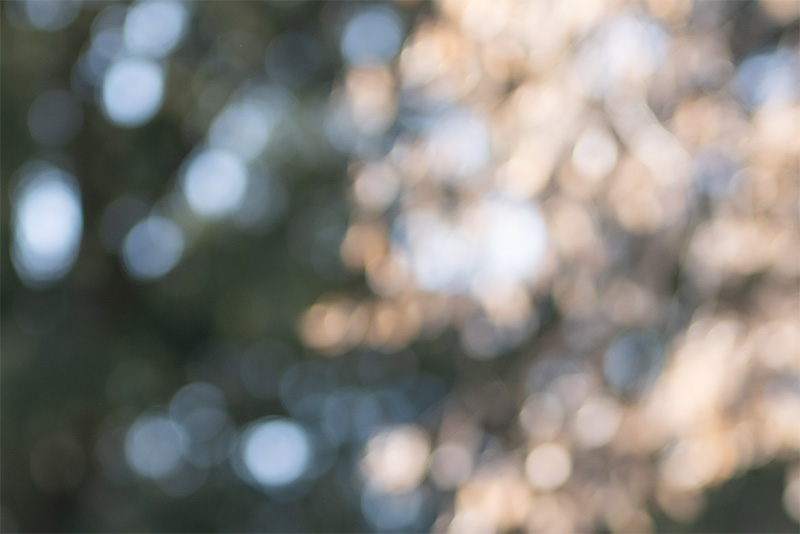

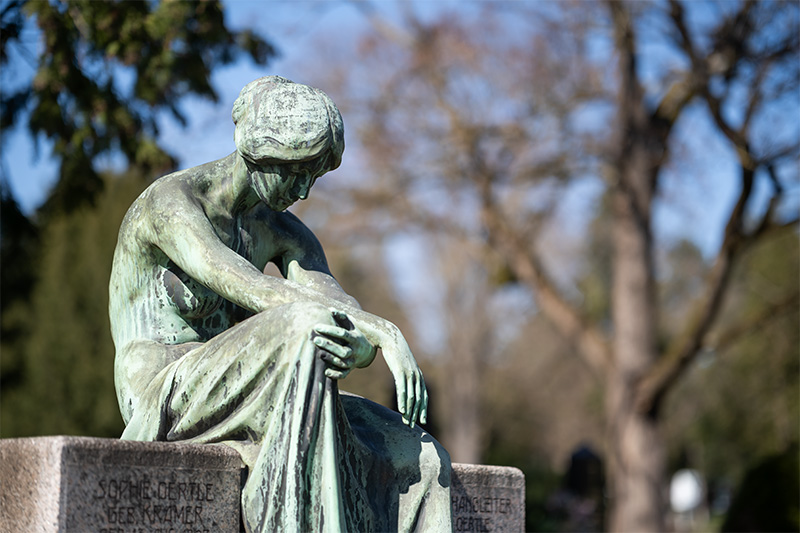
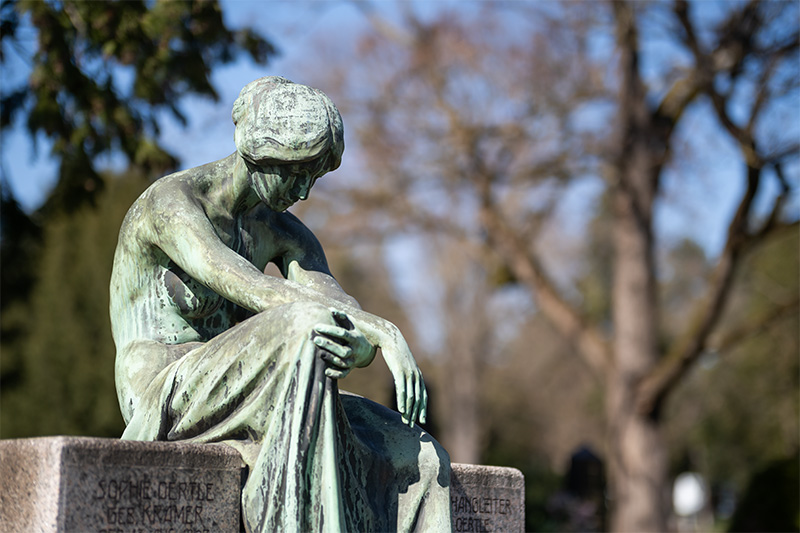
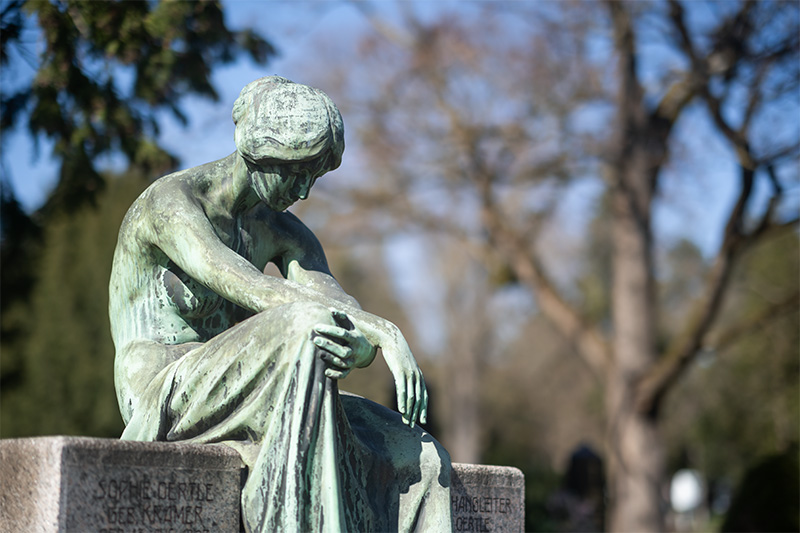
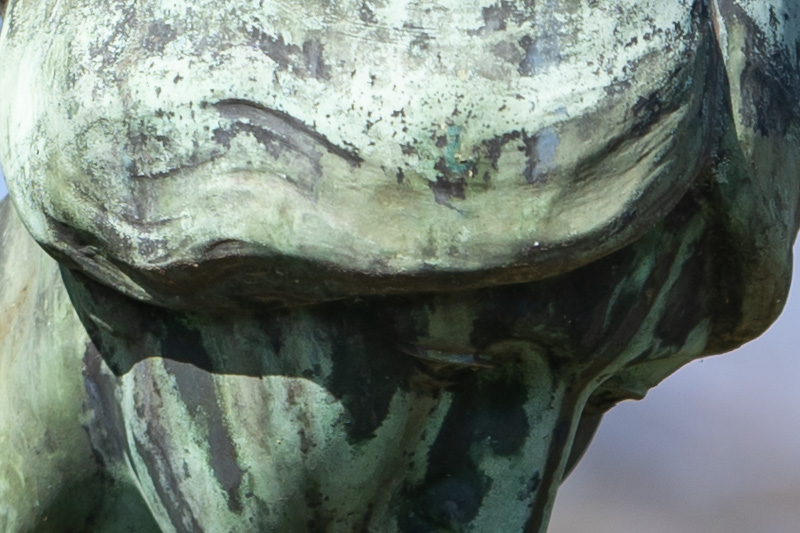
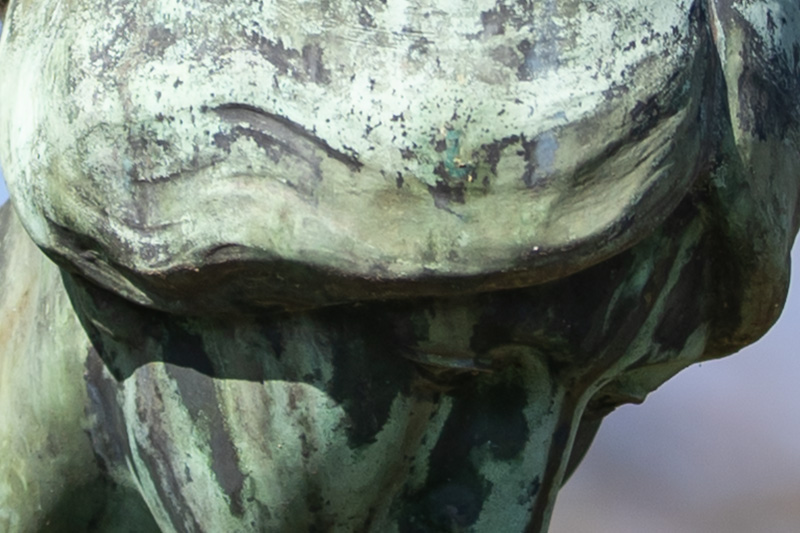
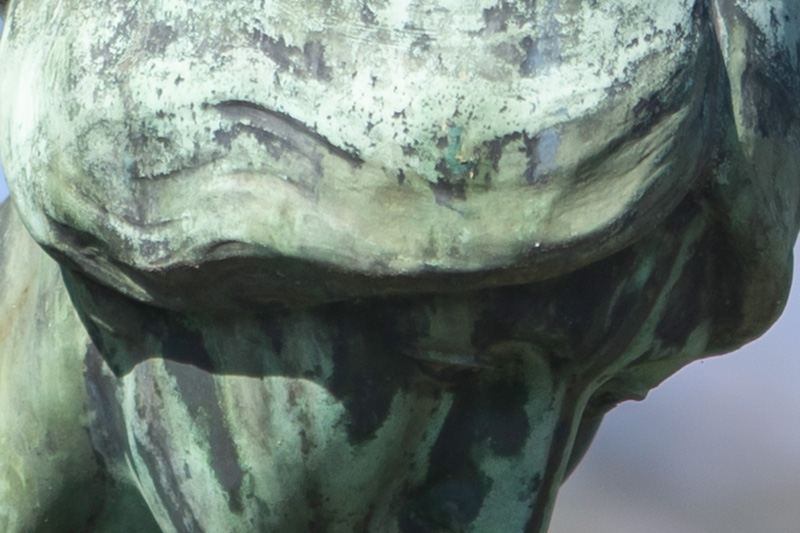
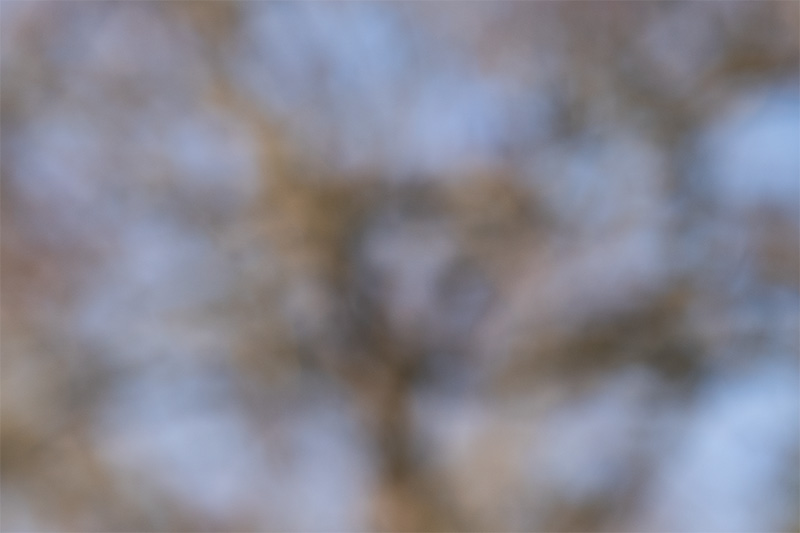
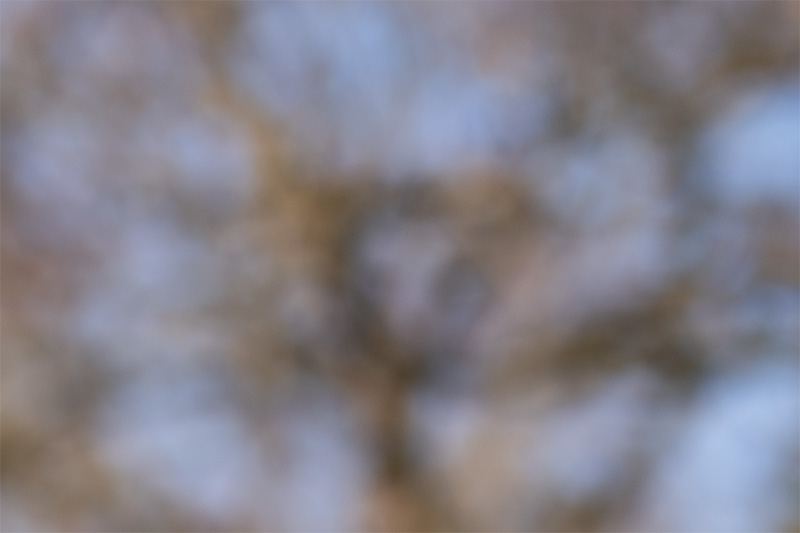
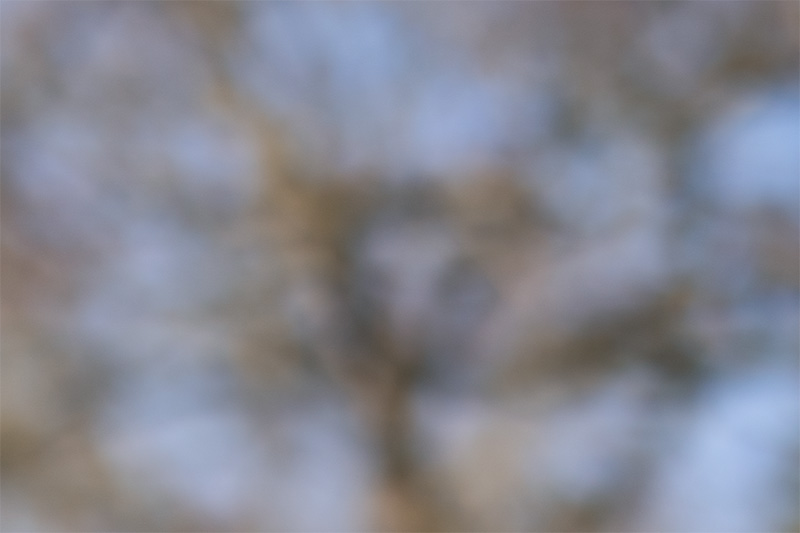



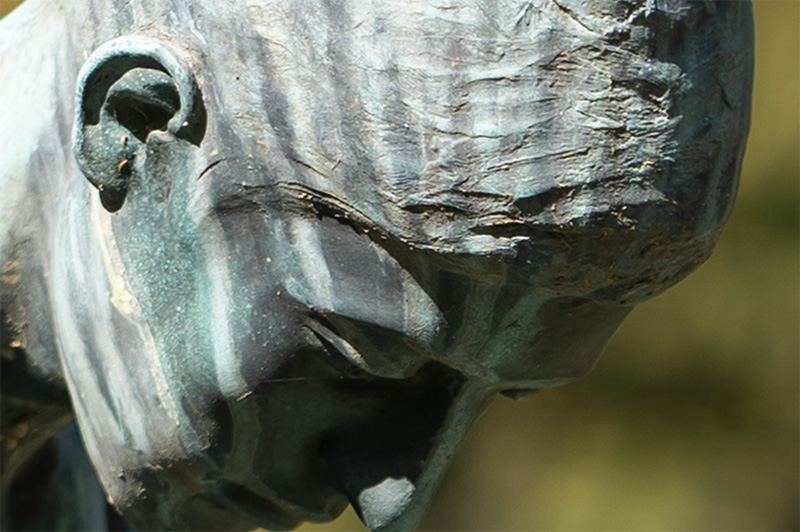
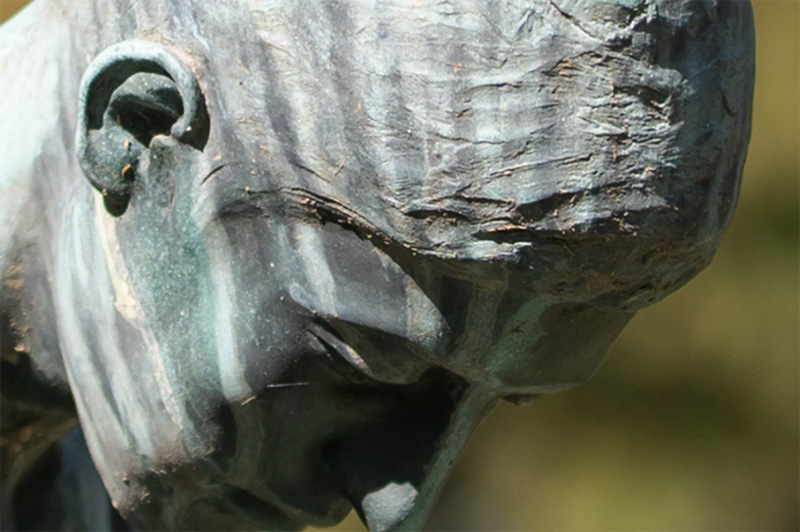
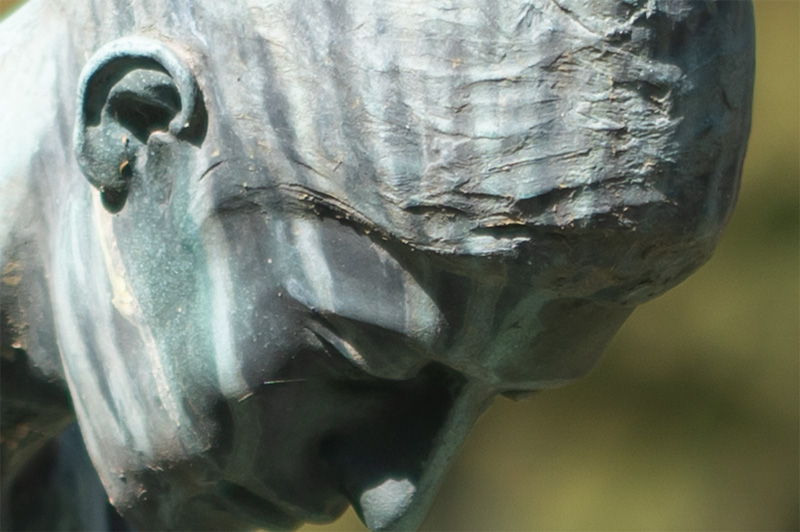
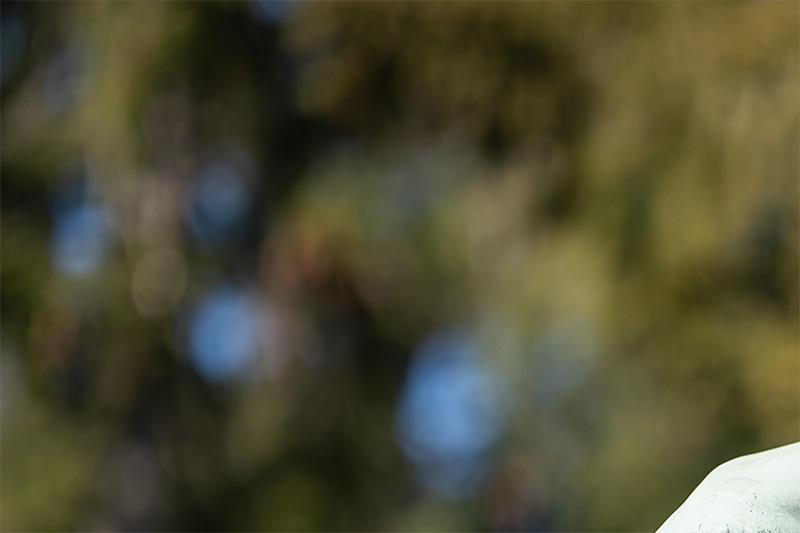
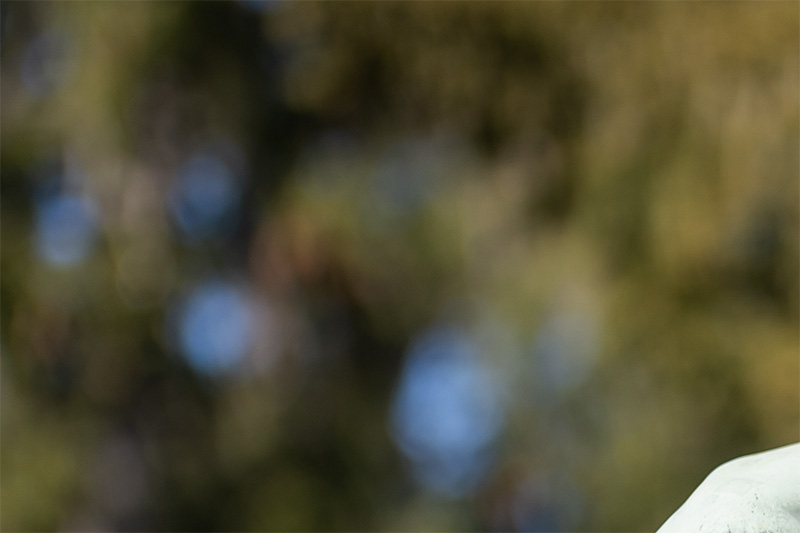
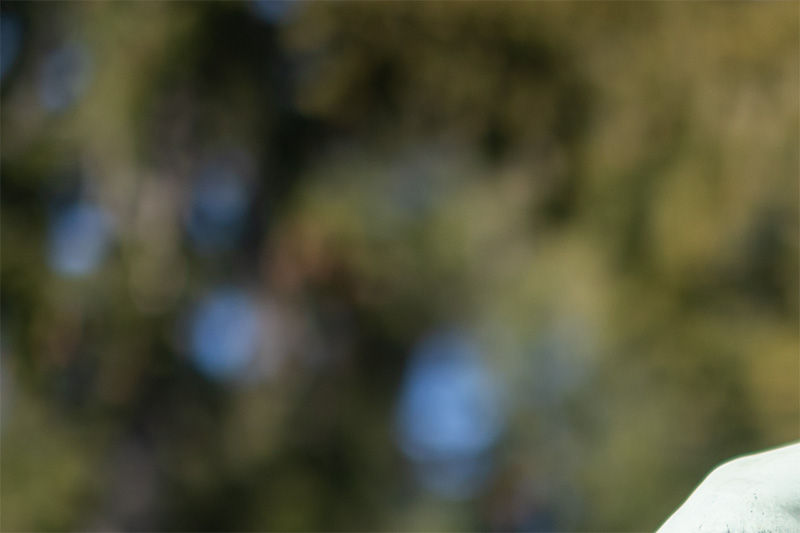
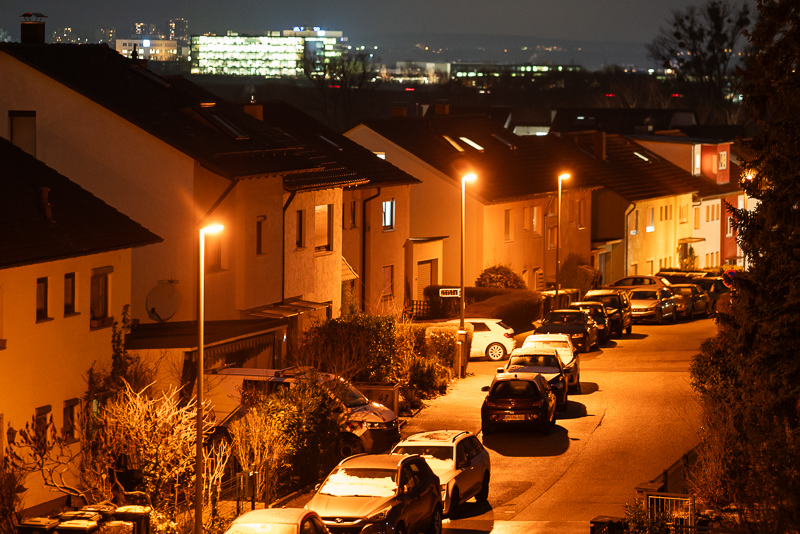
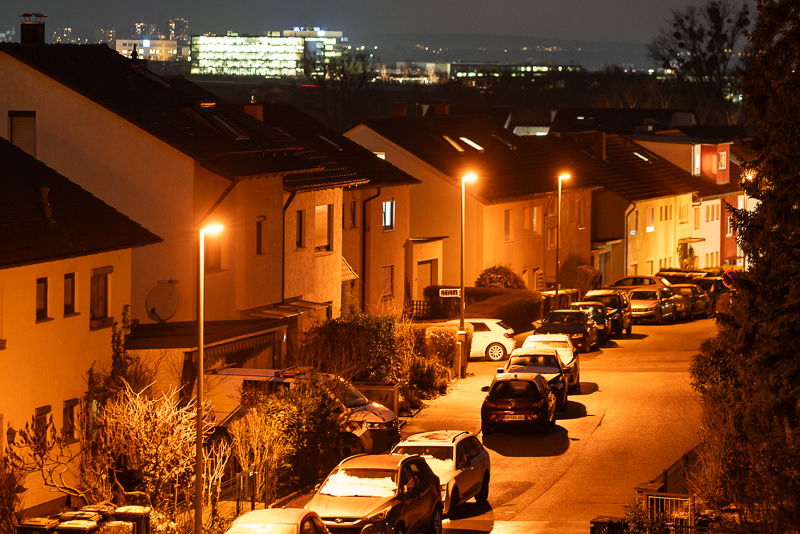
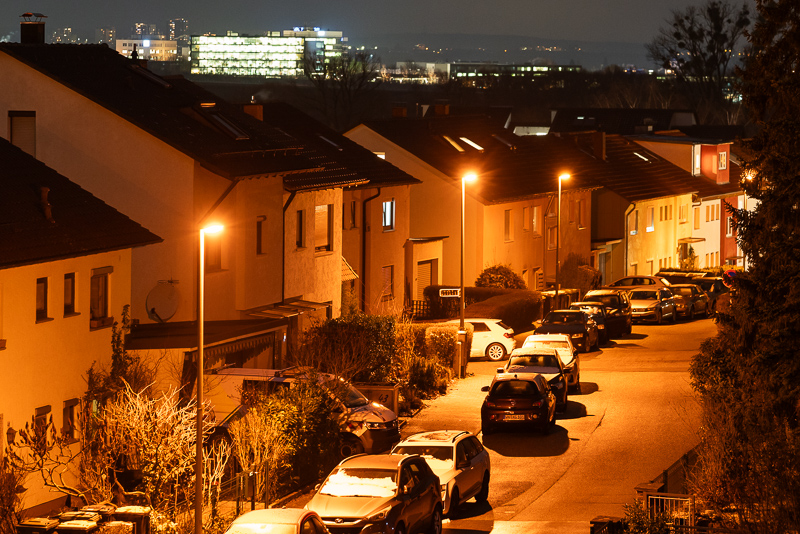
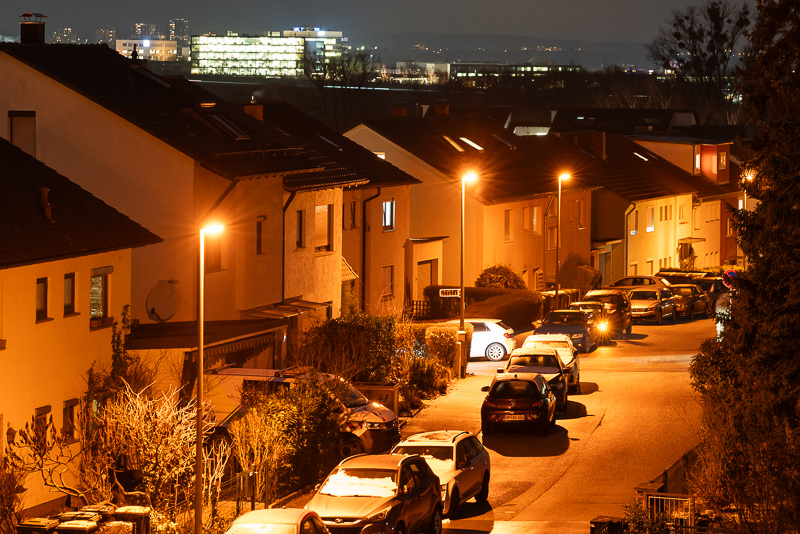

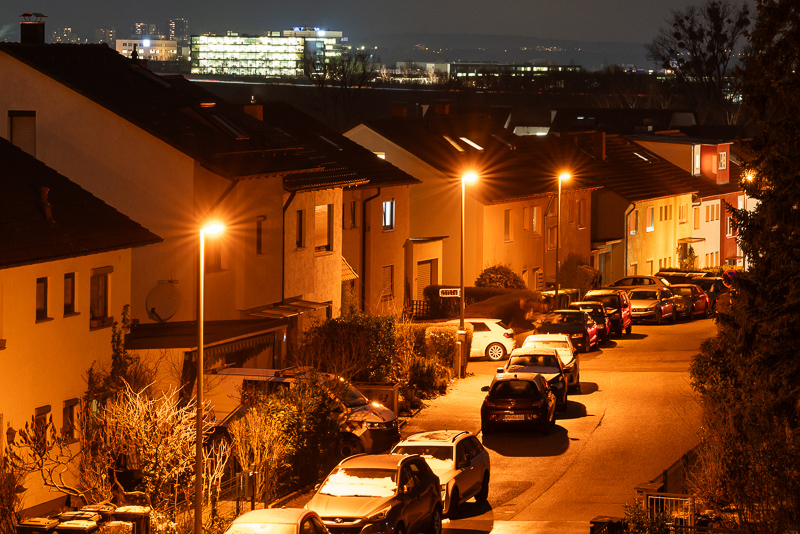
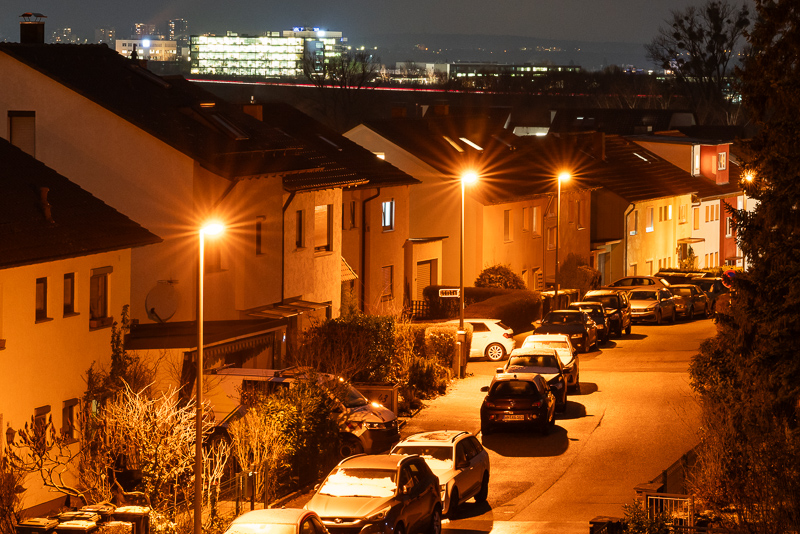
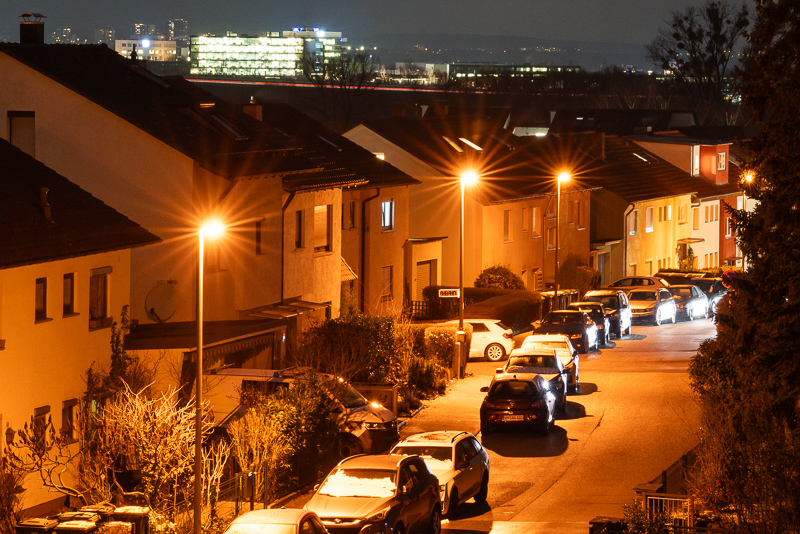

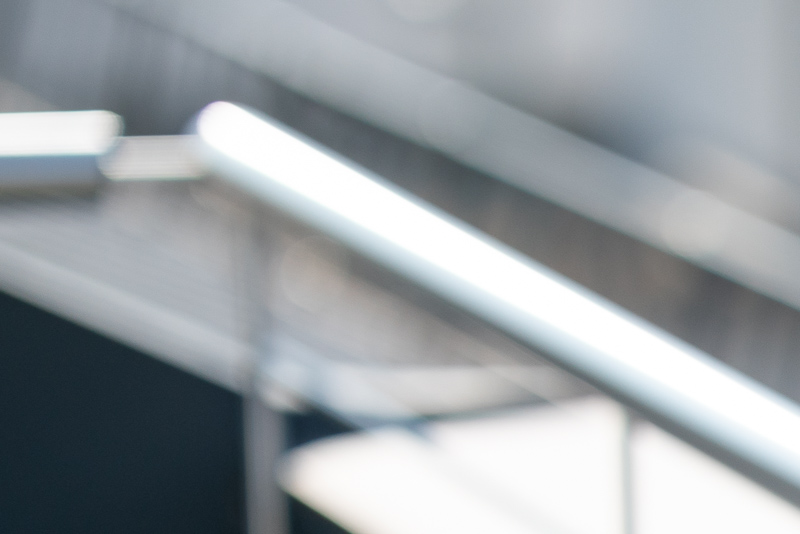

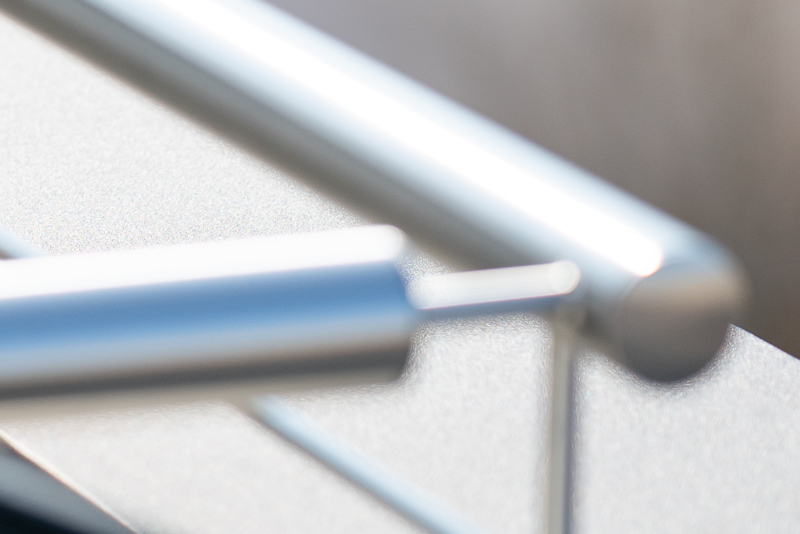
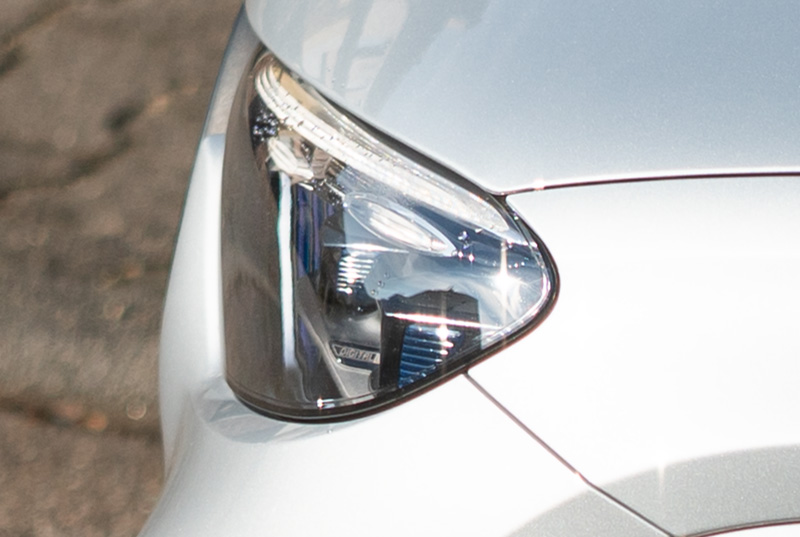

Long anticipated release and review – thank you for all of the details, as usual, Bastian!
Are you able to point out any significant differences to Sirui 85/1.4? By memory, that would be weight/size and flare resistance, but is there anything else? How would you compare their rendering and bokeh at portrait distances?
When I get to it I will add a Bokeh comparison of both lenses. Maybe today, maybe tomorrow, maybe next week 😀
The Sirui Aurora 85/1.4 is another inexpensive option. According to the tests I have seen, its optical performance is somehow inferior, but it is a bit cheaper.
I suppose for portraits it is more than good enough. If I need absolute sharpness in a portrait, I have Sigma 105 DG DN macro 🙂
But yes, Sirui seems to be a logical alternative to this Viltrox.
Fantastic review as always – I had fun reading it. I think I will stick to my 85GM m1 until the end – that Bokeh catches me every time 🙂
You and me both 🙂
Thank you for the detailed review Bastian.
Do you consider this vitrox lens a better option compared to the sigma DG DN ART , I know the sigma as horrendous distortion and vignetting but considering we can fix it easily with LR LC.
cheers
I would have to do a thorough side by side comparison to answer that question.
I don’t think there will be a huge difference between those lenses.
Great review again! I am in the market of a fast 85mm for Niokon Z. Looking forward to the LAB version from Viltrox.
In the meantime I am considering the Kase 85mm 1.4 with its MFD of only 0.7m. Can’t wait to see a first German (of English) review of these two lenses.
Great review, as always.
The point I disagree with is bokeh – I find it totally “meh” and somehow distracting at medium to long distances. I had high hopes for the Viltrox to come close to Nikkor Z 85/1.2 S. While not everyone needs f/1.2, the rendering is on another level. So is the price tag, unfortunately.
tak Nikkoru se přiblížil/ překonal Viltrox 35 1.2 LAB za 1/3 ceny!!! A 85mm 1.2 bude také ve verzi LAB. 135 LAB je hodně blízko 135 Plena.
Another very useful and telling review, Bastian. As for my impressions… I do agree a little with the “meh” from the comment above. But that’s because we’re spoiled for choice, and I prefer gentler character over resolution and contrast with such lenses (GM I for the win, or the F1.2 Samyang you just reviewed).
This is a great lens, but it doesn’t stand out in any way. It may be a perfect compromise for some. For us with a bias towards certain aesthetics or level of performance probably not.
Considering that these are all technically (more than) good enough lenses (like you always mention when you say that photographer may be the only weak link, to paraphrase), I prioritize how the images look over how crisp they are when zoomed in. Still, if I had one of the mentioned 85mm alternatives, I probably wouldn’t bother changing it for another one, but adapt my raw processing a little to compensate.
Still, when I see how GM MK I (or Samyang F1.2, dammit) renders, I just don’t feel like going for this, GM MK II or the rest of the gang. And yet, this one will go at or below half of MK I’s price on the used market soon enough.
I also prefer GM in that regard, but I am not sure the average user would care a great deal.
On the other hand, Viltrox 85/1.2 LAB is rumored to be released as well, so we might actually see an even more compelling performance with this one. I’m definitely waiting for that one, although the 85/1.4 Pro looks amazing at this price.
Thanks for the impressive review, once again. The flare resistance is impressive. It has always been my only gripe against the 85 that I had along the years (including the Sony 85 1.8 that I currently own). It’s a hefty lens though, so I’m not sure that I will buy it.
In fact, I’m waiting for a successor of the Sony 85 1.8, but I don’t know if they will release anything like that anytime soon. They probably don’t want to cannibalize their own GM 2 with a better 1.8 lens.
85 1.4 GM gen 1 has better characteristics, the viltrox is balanced good lens, balanced, so boring indeed, if you looking for balanced lens, why not getting a 50-150 F/2? or normal trinit y?
Maybe because the 50-150mm 2.0 costs 7 times as much?
Cool lens and love that Viltrox has gotten so serious about making high quality lenses over the past year or so. They’re no longer “another Chinese brand” but truly have risen to the top, giving Sigma and Sony a run for their money. Nonetheless, I actually strongly prefer the Sirui lens because the highlights pop out a lot more, where as the current lens is quite dull in that regard. The Sirui almost has a voigtlander sort of look in how it renders which I find to be the case often with “under-corrected” lenses. Maybe when I am not an impoverished grad student in like 10 years I will buy it lol
I enjoy checking out your lens reviews, as a nikon shooter, when are you going to review the Nikkor 85mm f1.2 z lens…?
I am sure interested in it. Let’s see if I can get my hands on one.
Can we speculate how this will compare against the Nikkor 1.8S once it arrives on Z Mount?
Optical performance and bokeh are similar. The Nikon corrects Coma a bit better, the Viltrox is faster.
Thank you so much for all your effort testing this lens and completing another great review! Using a Nikon Zf i’m a little more interested in what went wrong using this Lens with the the Megadap (w/o “pro”?) or another E to Z Adapter? Your experience is, that they worked not properly. Could you explain this a little bit more?
Thank you 🙂
None of them worked. No AF, sometimes not even possible to take a picture.
With the megadap it doesn’t matter if it is non-pro, pro or pro+, firmware and compatibility is same for all of them.
I’ve had two copies of this Viltrox 85mm f1.4 Pro fail on me. They were both upgraded to the latest firmware. The failure is that the lens pulses focus back and forth rapidly when focus is engaged. And in MF mode, the focus ring does nothing. It failed for me today during an event. I fell back to my 24-70 GMII, which performed flawlessly but I was kicking myself for not bringing my 70-200 GMII. Now the lens has returned to normal! But if I can’t rely on it, I’m going to have to return it. Did you ever encounter this issue? I’ve seen a YouTuber document this same exact issue that I had.